Industrial Hoses
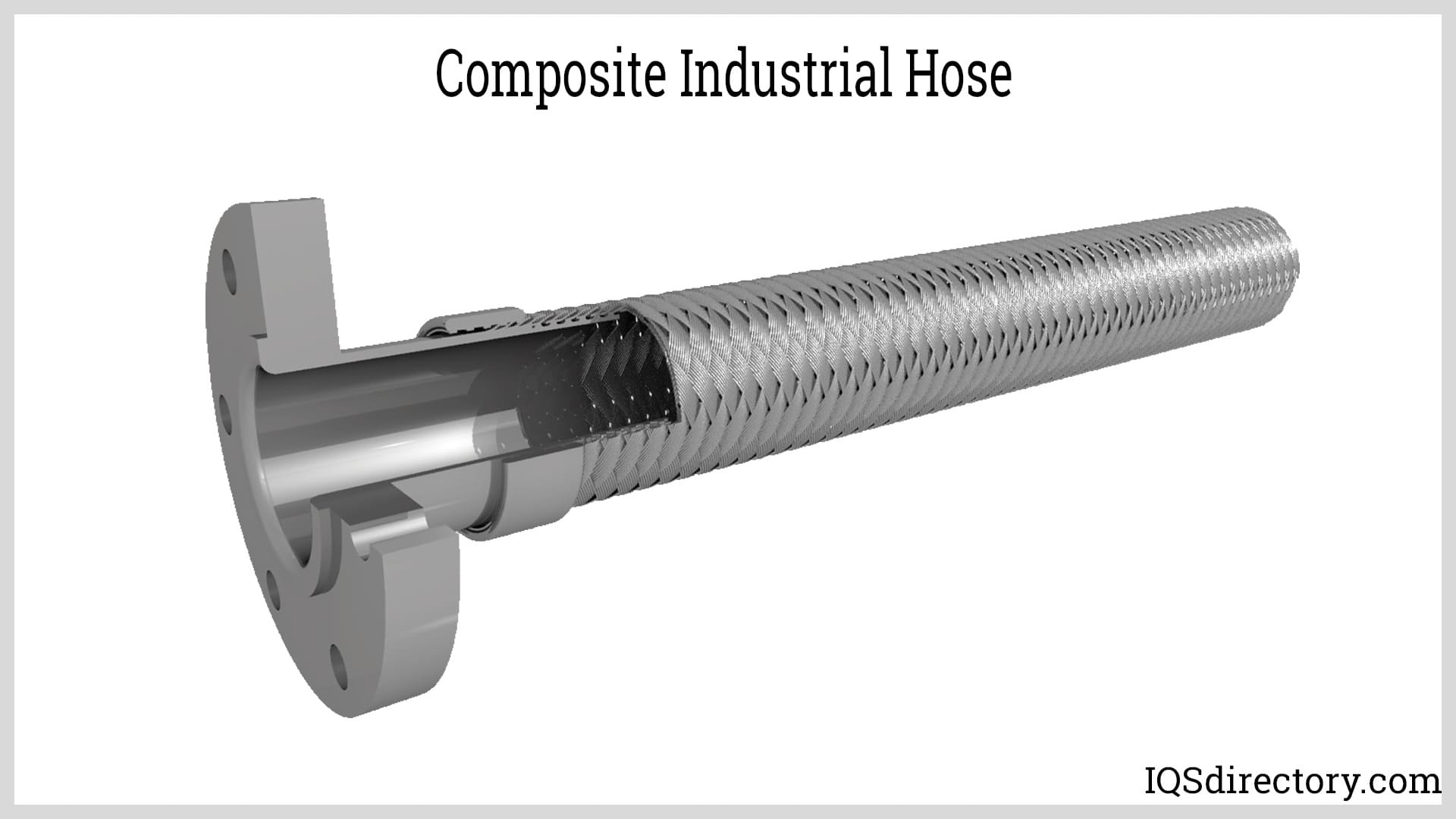
An industrial hose is a durable and precision constructed hose used to transfer and transport liquids, gases, and other materials for industrial applications. They are made of materials that...
Please fill out the following form to submit a Request for Quote to any of the following companies listed on
Here is everything you need to know about the manufacture of plastic tubing and its use.
You will learn:
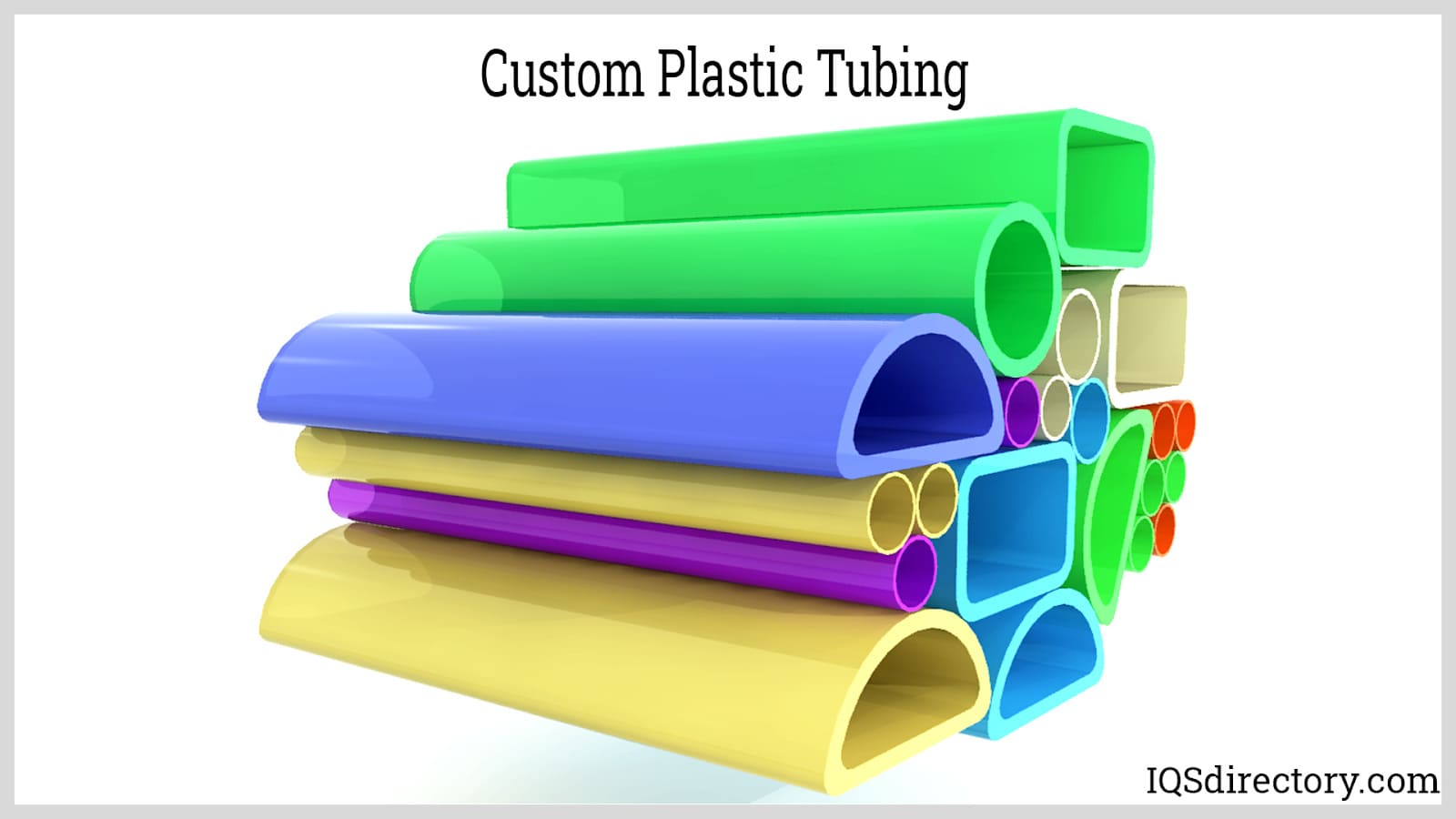
Plastic tubing is produced from a combination of polymers and diverse chemicals, creating a material that can be either rigid or pliable. Since its debut in the 1950s, plastic tubing has revolutionized industrial procedures and become essential to a wide array of uses.
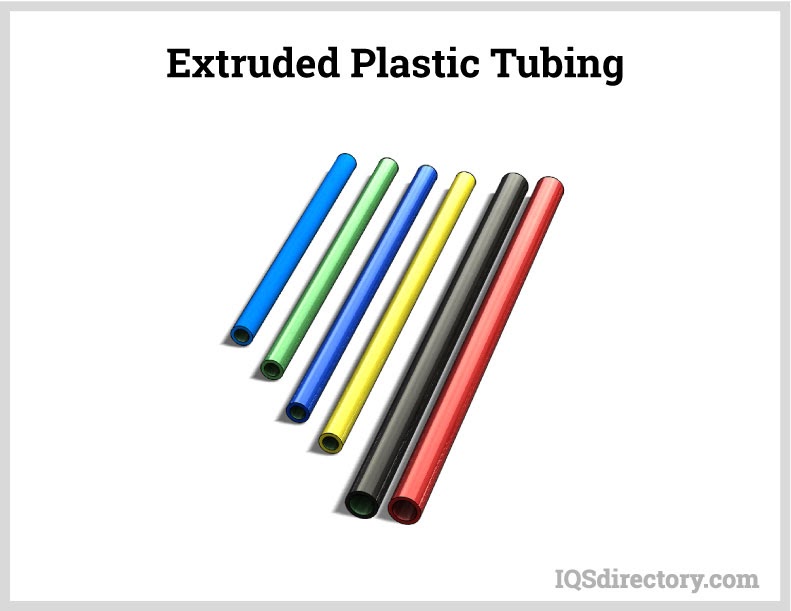
Renowned for its adaptability and flexibility, plastic tubing comes in numerous wall thicknesses, diameters, tolerances, and strengths. It is constructed from a variety of materials designed to accommodate specific needs in several applications.
The flexibility, chemical resistance, durability, and adaptability of plastic tubing make it essential for a wide range of industrial, commercial, and residential applications. Plastic tubing is engineered to deliver reliable, long-lasting performance in sectors as diverse as manufacturing, agriculture, healthcare, automotive, and food processing. The main advantages of plastic tubing over traditional materials—such as steel, copper, and aluminum—include its high tensile strength, lightweight structure, superior corrosion resistance, and exceptional cost-effectiveness. Since plastic is significantly less expensive to produce and install, it remains a preferred option for numerous fluid transfer and protective conduit solutions.
Pneumatic tubing refers to specialty plastic tubing designed specifically for pneumatic control systems and compressed air distribution. This flexible pneumatic tubing can withstand the pressure and cyclical loads typical in factory automation, robotics, and instrumentation. Made from materials like polyurethane, nylon, or polyethylene, pneumatic plastic tubing is ideal for industrial automation and process control applications. Its robust construction ensures reliable operation in outdoor environments and harsh conditions, tolerating temperatures as low as -4° F and up to 140° F (-20° C to -60° C). Most plastic pneumatic tubing meets industrial standards and can handle working pressures up to 115 PSI at 68° F (20° C), making it suitable for compressed air lines, air tool connections, and pneumatic actuators.
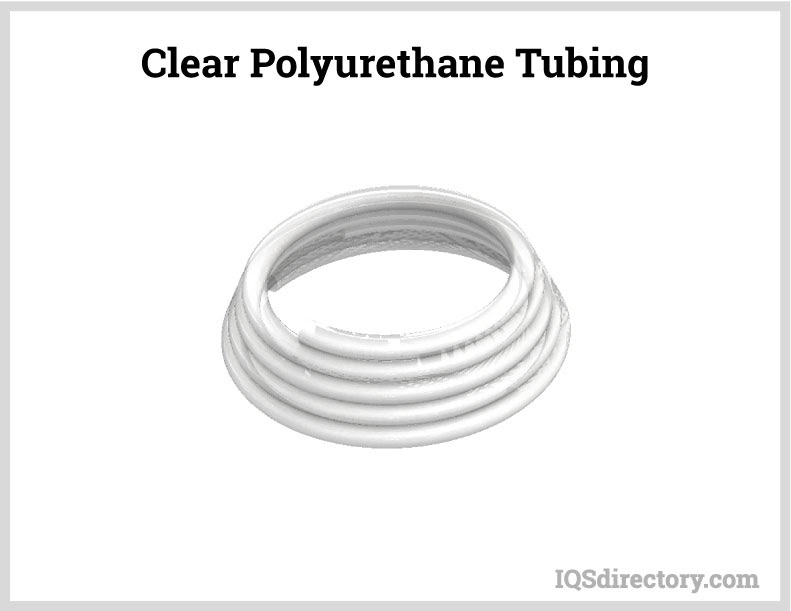
Clear plastic mailing tubes are widely used for safe delivery of blueprints, marketing literature, posters, product samples, and other sensitive items. Constructed with heavy-duty walls, these polyethylene or polycarbonate tubes provide reliable protection against crushing, moisture, and rough handling encountered during mail transit. Plastic mailing tubes are manufactured in a wide range of lengths and diameters, offering versatile shipping solutions for documents and promotional materials. Tamper-evident end caps and transparent walls further support security and visibility of the contents during shipment.
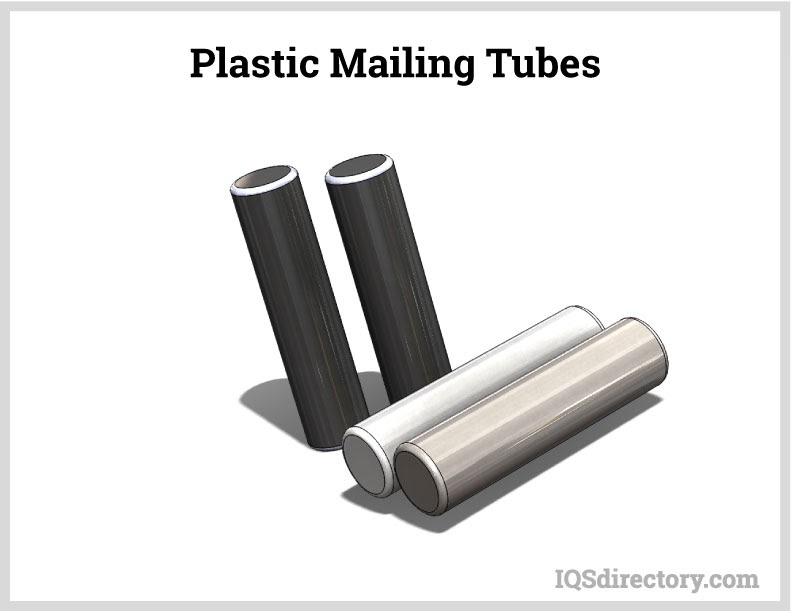
In the banking and financial services industry, plastic tubing is a critical component of pneumatic tube systems. These systems use durable, thick-walled plastic tubing to transport transaction carriers safely between tellers and customers, both indoors and at drive-through banking stations. The smooth interior of plastic banking tubes enables frictionless movement, minimizes the risk of blockage, and supports high-speed, secure transfer of documents, currency, and coins. Quality PVC or polycarbonate banking tubing is engineered to meet rigorous safety and durability standards, contributing to seamless financial transactions and enhanced customer convenience.

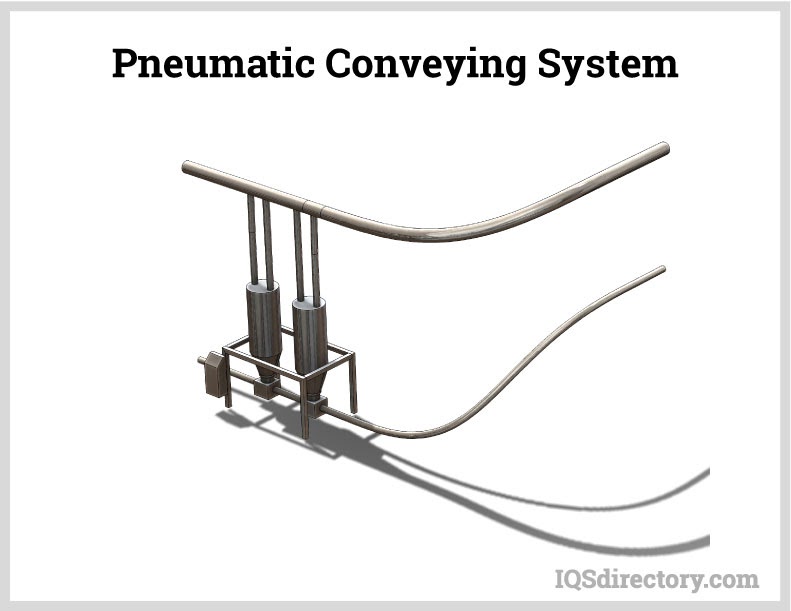
Plastic agricultural tubing plays a vital role in modern farming operations, particularly in irrigation, fertigation, and livestock watering systems. Thanks to its lightweight design and resistance to corrosion, scaling, and UV rays, plastic tubing can be installed across vast acreage with minimal joints or connectors. Polyethylene (PE) tubing, PEX pipe, and flexible PVC tubing are commonly used to help farmers optimize water distribution to crops and animals. The resulting low maintenance requirements and reliability translate to cost savings and improved efficiency for both small farms and large-scale agricultural operations.
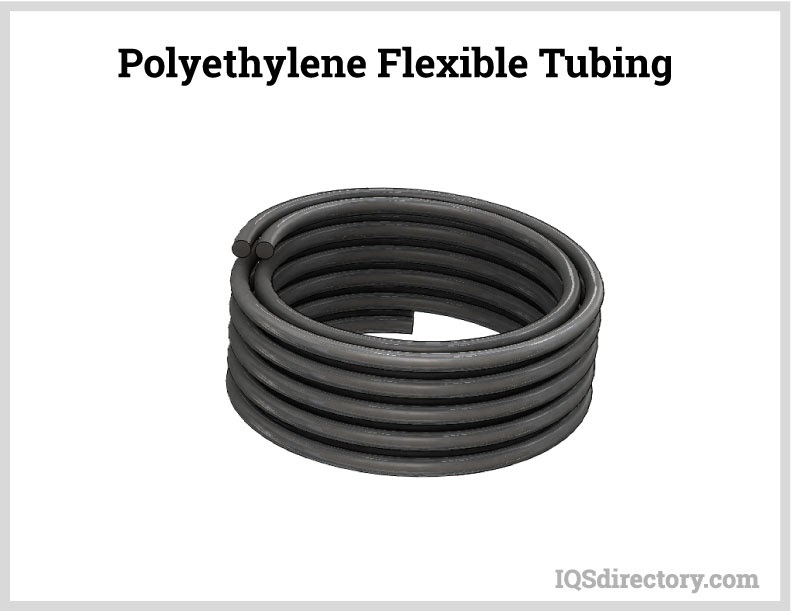
Plastic tubing for liquid transfer is engineered for safe, clean, and efficient fluid movement in a range of industries. When it comes to potable water and beverage lines, FDA-approved food-grade plastic tubing—crafted from materials such as silicone, polyurethane, polyethylene, nylon, or PVC—meets strict standards for sanitation, taste, and odor neutrality. In chemical processing, manufacturers select chemical-resistant tubing formulations to handle acids, solvents, and other aggressive fluids. End-users benefit from options including flexible vinyl tubing for home aquarium systems, reinforced thermoplastic hose for industrial fluid handling, and sanitary tubing for breweries, laboratories, and medical applications. Choosing the right tubing ensures compliance with federal regulations, proper pressure and temperature ratings, and leak-free operation for applications ranging from soft drink dispensers to laboratory water treatment systems.
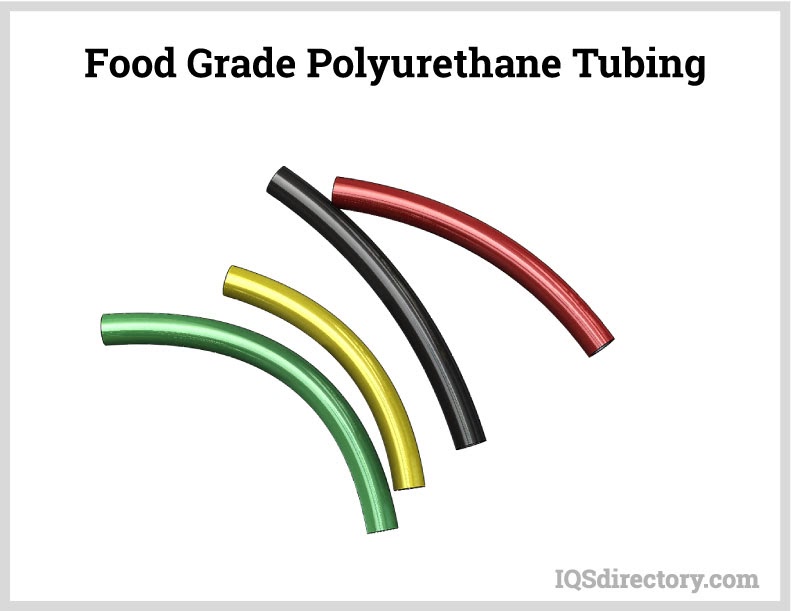
In the automotive industry, plastic tubing offers performance and engineering advantages over traditional metal lines. Flexible automotive tubing—often made from reinforced nylon, PTFE, or high-density polyethylene—is widely used for fuel lines, vent hoses, vacuum tubing, windshield washer fluid lines, and coolant system connections. The inherent flexibility and chemical compatibility of plastic tubing supports vibration absorption, high temperature and pressure resistance, and weight reduction in modern vehicle design. As automotive emissions standards tighten, more manufacturers turn to engineered polymer tubing for efficiency and regulatory compliance.
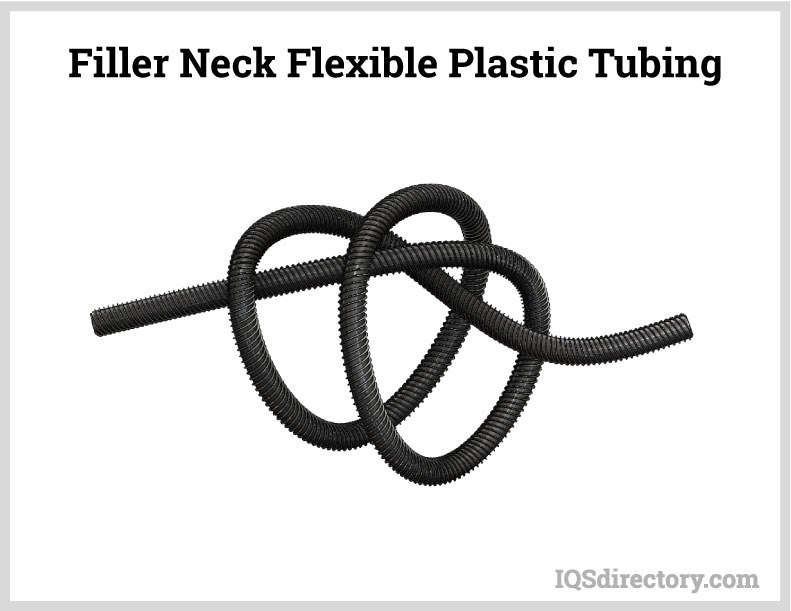
Marine-grade plastic tubing is specifically developed for use in boats and ships, where it delivers optimal performance in both freshwater and saltwater environments. For example, flexible PVC marine tubing is popular for bilge pump systems, livewell and bait tank plumbing, and fuel delivery lines. This tubing provides outstanding resistance to salt, abrasion, chemicals, and oils commonly encountered in marine settings. Non-toxic, non-corrosive materials ensure compliance with Coast Guard regulations, while UV stabilization prolongs the tubing’s service life even when exposed to sunlight and harsh weather conditions.
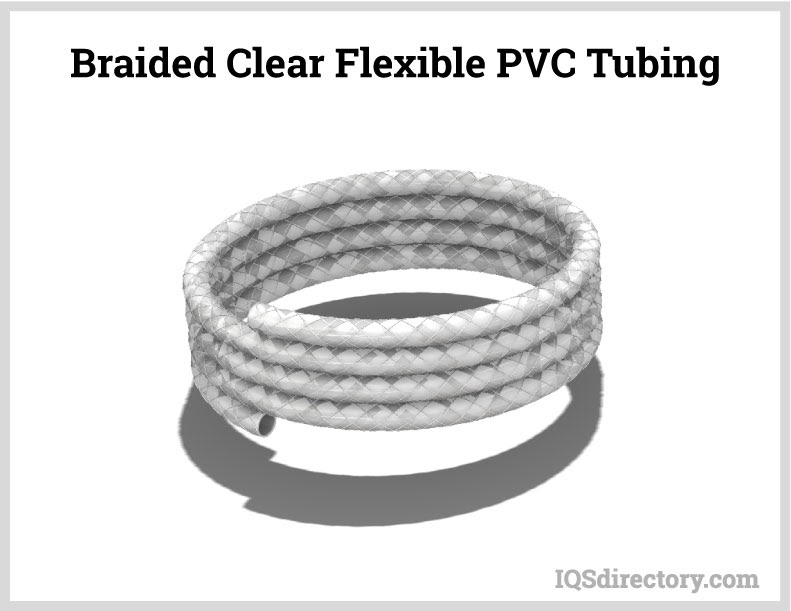
Medical plastic tubing is a cornerstone of modern healthcare, facilitating safe and sterile transfer of fluids, medications, and gases in hospitals, clinics, and laboratories. High-performance medical tubing is manufactured under strict quality control to ensure biocompatibility, chemical resistance, and clarity. Options include single-lumen and multi-lumen extrusions, kink-resistant tubing, and antimicrobial formulations for use in catheters, IV lines, peristaltic pumps, and diagnostic devices. Medical-grade PVC, silicone, and thermoplastic elastomer (TPE) tubing meet stringent USP Class VI and ISO 10993 standards for patient safety and product reliability. Sterile packaging, tailored sizes, and custom manufacturing are common features requested by medical device designers and purchasing professionals.
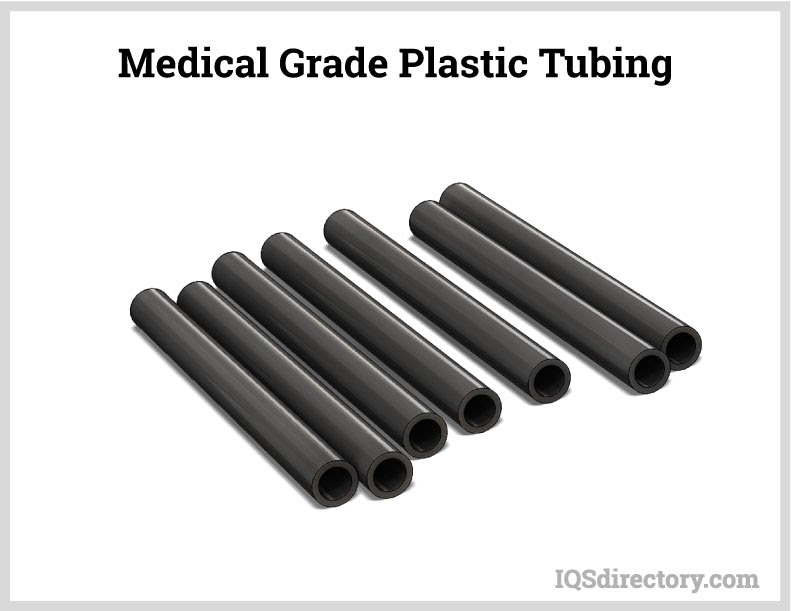
Peristaltic, or roller pumps, rely exclusively on flexible plastic tubing to provide accurate, contamination-free fluid transfer in industries including food processing, biotechnology, pharmaceuticals, and laboratory analysis. The pump’s rotor and wipers create a gentle "pinch" action, ensuring precise dosing, metering, and dispensing of sensitive or viscous liquids. Compatible tubing materials—such as silicone, Tygon®, or thermoplastic elastomers—are chosen based on resistance to chemicals, sterilization methods, and pressure requirements. Selecting the right tubing for peristaltic pumps not only protects product purity but also extends pump life and maintains system efficiency.
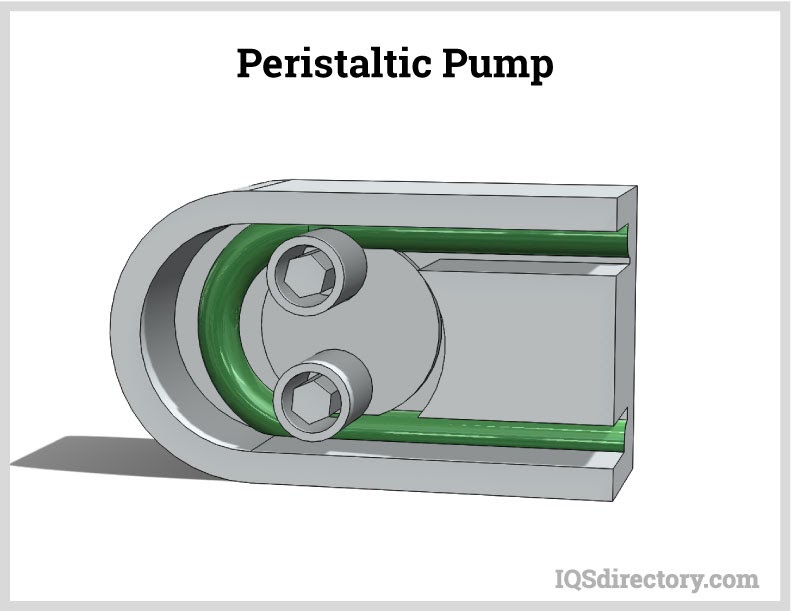
Beyond the industries listed above, plastic tubing is integral in HVAC systems, aquaculture, laboratory research, beverage dispensing, and industrial automation. Key considerations when specifying plastic tubing include material compatibility with the intended fluid, pressure and temperature ratings, required certifications (such as NSF for potable water or USP for pharmaceuticals), flexibility, UV resistance, and installation requirements. Custom colors, branding, and packaging further support brand recognition and product differentiation. When selecting your plastic tubing supplier, consider manufacturers offering a wide selection, fast turnaround, engineering support, and compliance with relevant standards to ensure reliable, safe, and cost-effective solutions for your project needs.
Plastic tubing is manufactured using two primary processes: extrusion and pultrusion. These modern plastic tubing manufacturing methods are essential for producing a wide range of tubing sizes, wall thicknesses, and custom plastic tubing profiles for various industrial, laboratory, medical, and commercial applications. In extrusion, molten plastic material is forced through a die, forming it into precise lengths and shapes. In contrast, pultrusion involves pulling the material through the die, allowing it to harden into its final tubular structure. Both techniques are critical for producing flexible tubing, rigid plastic hoses, and complex multi-layer conduit and are highly valued for their consistency, efficiency, and customization capabilities.
The plastic extrusion process involves several key steps that optimize polymer resin transformation into high-quality tubing products. Initially, the polymer resin—available as nurdles, pellets, granules, flakes, or powder—is loaded into a hopper mounted atop the extruder's barrel. The material moves from the hopper through the feed throat into the barrel, where a rotating screw gradually pushes it forward toward the die. As the polymer progresses, it is heated to its precise melting point, ensuring consistent product quality and dimensional accuracy.
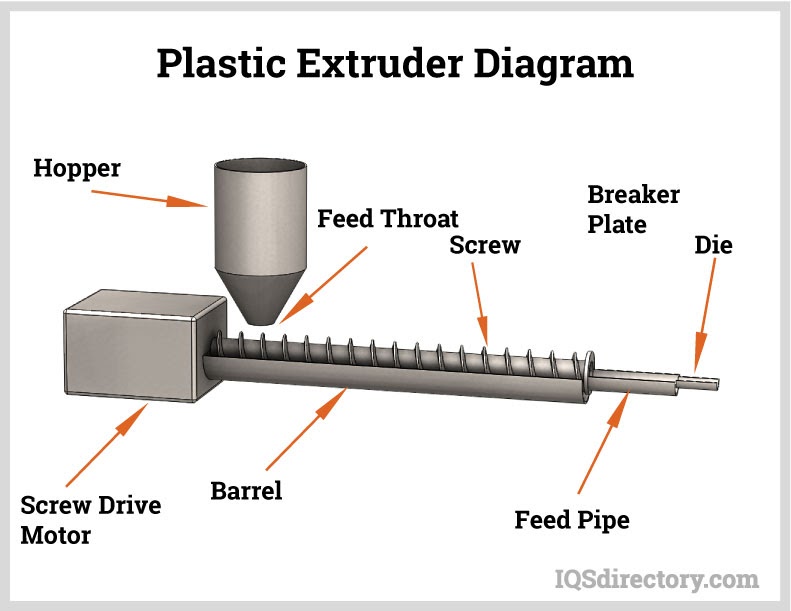
By controlling variables such as temperature, screw speed, pressure, and tension, manufacturers can tailor the extrusion process to produce flexible and rigid tubing with uniform wall thickness and excellent structural integrity. The plastic extrusion process is versatile and commonly used to manufacture medical-grade tubing, fluid transfer hoses, food and beverage tubing, and industrial fluid conduits. Through coextrusion, manufacturers can combine two or more plastic materials in a single tube, providing enhanced features like a rigid core, flexible jacket, or chemical resistance layers—ideal for specialized uses, such as pharmaceutical and chemical processing tubing.
Modern extrusion lines are managed by advanced computerized equipment that ensures the final product’s cross-section and dimensional tolerances match stringent engineering specifications. Computerized quality control during production guarantees consistency, reduced waste, and compliance with industry standards for safety and performance. This makes extrusion the go-to manufacturing process for customized tubing solutions used in water distribution, medical devices, pneumatic systems, irrigation, and flexible hose assemblies.
The pultrusion process is a continuous feed method tailored for producing reinforced plastic tubing profiles, rods, and composite conduit. Unlike extrusion, pultrusion involves pulling fibers—typically glass fiber or carbon fiber—pre-wetted with thermoplastic or thermoset resin through a precision die. As these fibers are drawn steadily, polymerization occurs inside the die, allowing the tubing to acquire its intended geometry and mechanical properties. This method is noted for delivering high-strength, lightweight plastic tubing with uniform cross sections and reinforcing structures.
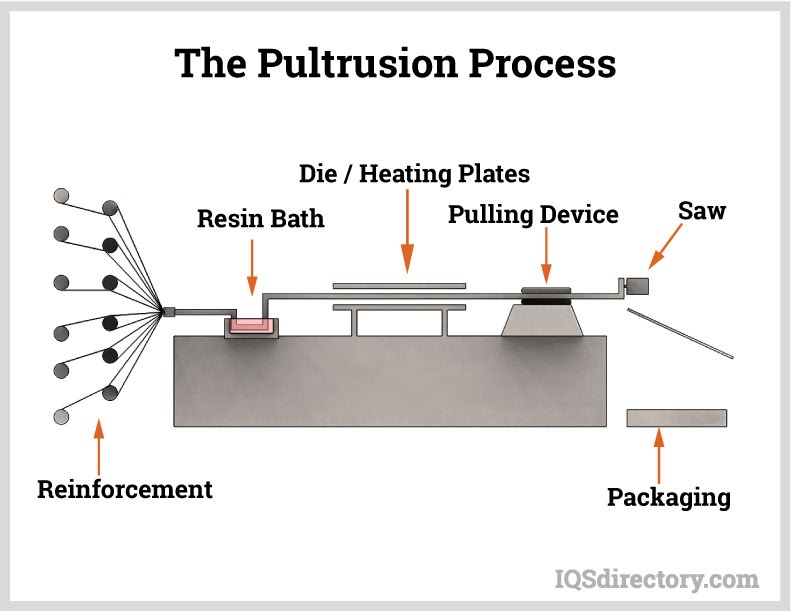
Pultrusion is favored for producing corrosion-resistant and thermally conductive tubing suitable for harsh environments, electrical insulation, construction projects, and structural supports. Its low-maintenance, high-throughput nature delivers consistent results and minimizes operational downtime, making it a preferred solution for high-volume production of fiberglass-reinforced plastic (FRP) tubing and specialized industrial pipe assemblies where longevity and chemical compatibility are critical.
The performance, durability, and application suitability of plastic tubing are largely determined by the type of plastic material employed. Below are the most common plastic compounds and polymers used in tubing manufacturing, each with unique properties to meet diverse industry requirements:
Acrylic tubing is renowned for its optical clarity, outstanding impact resistance, and excellent UV stability, weighing only half as much as glass. Acrylic tubes are chosen for applications that require visual monitoring of fluids, such as laboratory sight-glasses, point-of-sale displays, lighting diffusers, and architectural features. Its light weight, non-corrosive nature, and compliance with food safety standards make it a preferred choice for diverse industrial and retail environments.
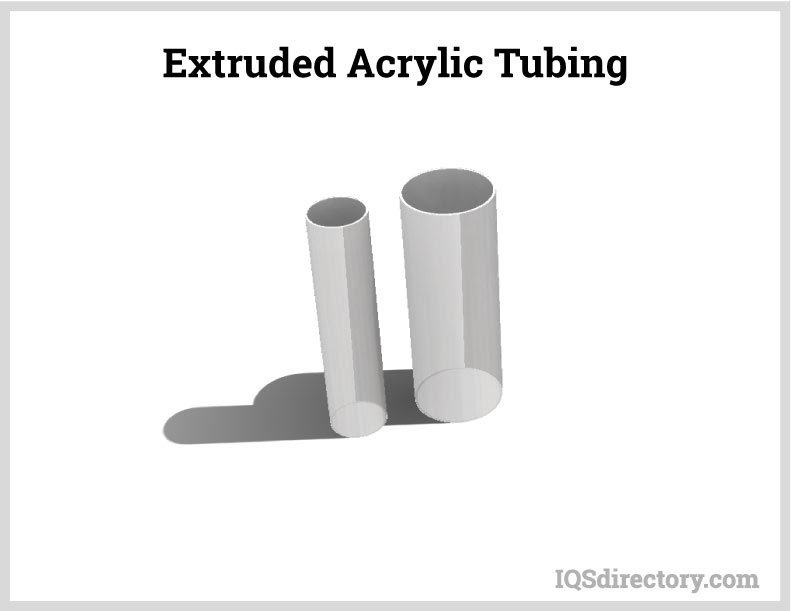
Polyvinyl chloride (PVC) tubing is a versatile and economical solution widely used in industrial, commercial, and residential plumbing, irrigation, and fluid transfer. Known for its chemical resistance, corrosion resistance, abrasion resistance, and mechanical flexibility, PVC tubing is a staple for transporting liquids, gases, and foodstuffs. It easily meets FDA and NSF standards and is often found in beverage lines, chemical distribution, aquaculture, and laboratory setups.
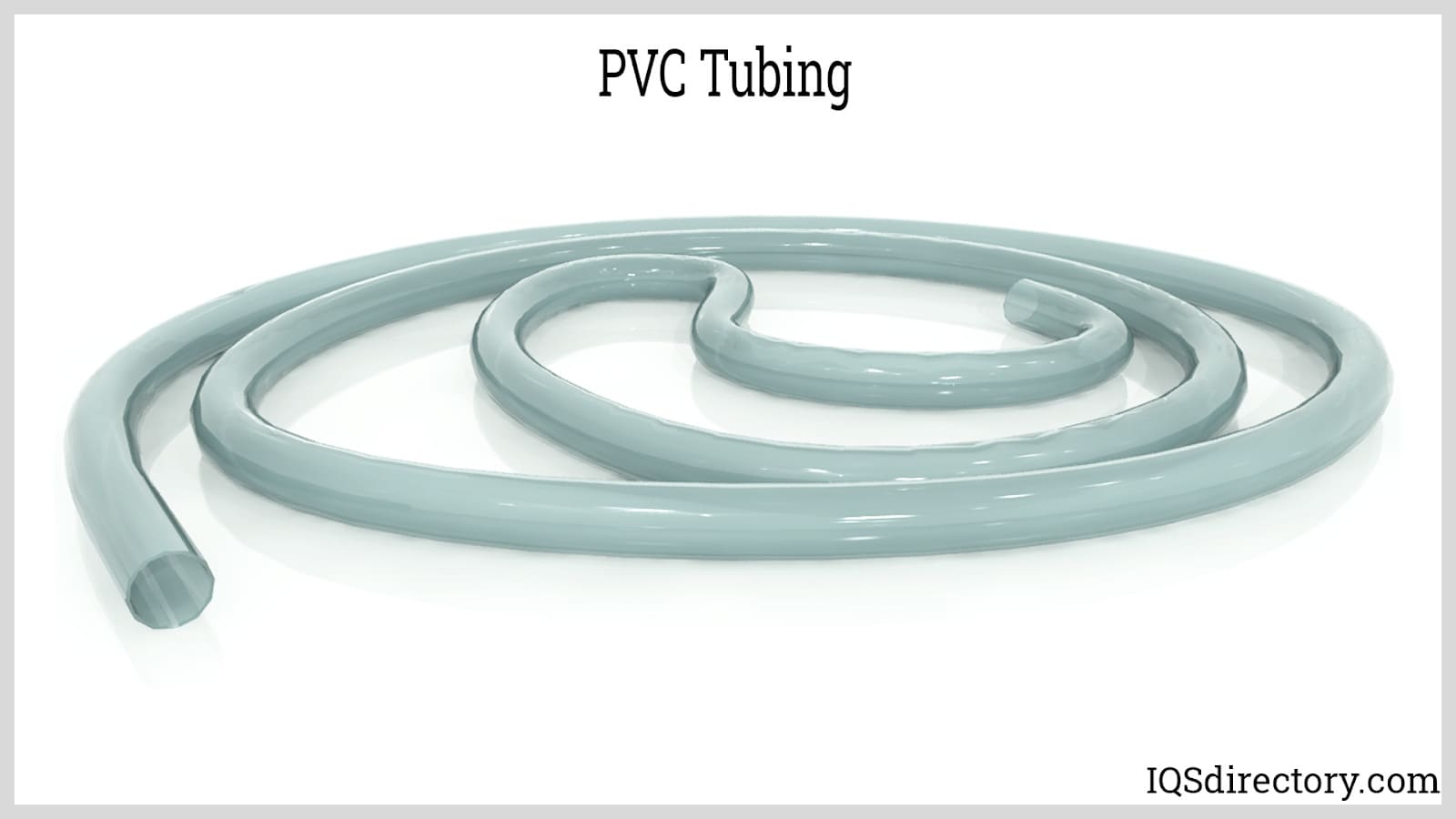
The primary distinction between CPVC and standard PVC is CPVC’s ability to withstand higher temperatures and aggressive chemicals. CPVC tubing is commonly used in hot water systems, industrial chemical handling, and process piping for demanding applications requiring elevated temperature and pressure resistance.
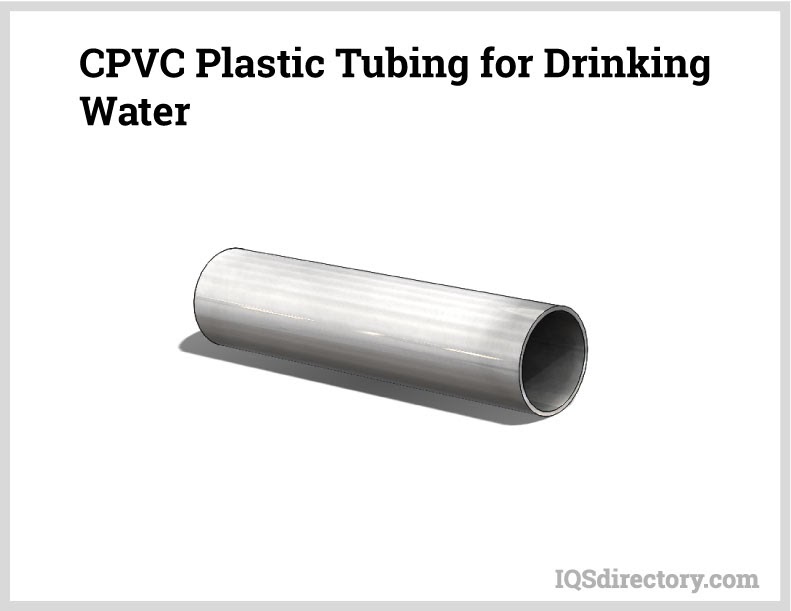
Fiberglass-reinforced plastic (FRP) tubing is produced using the pultrusion manufacturing process, combining glass fibers with thermoset polyester or vinyl ester resin. Available in an array of shapes and sizes, fiberglass tubing offers exceptional corrosion resistance, UV resistance, and high tensile strength. Its electrical insulation properties and dimensional stability make it an ideal solution for electrical enclosures, antenna masts, and industrial structural supports.
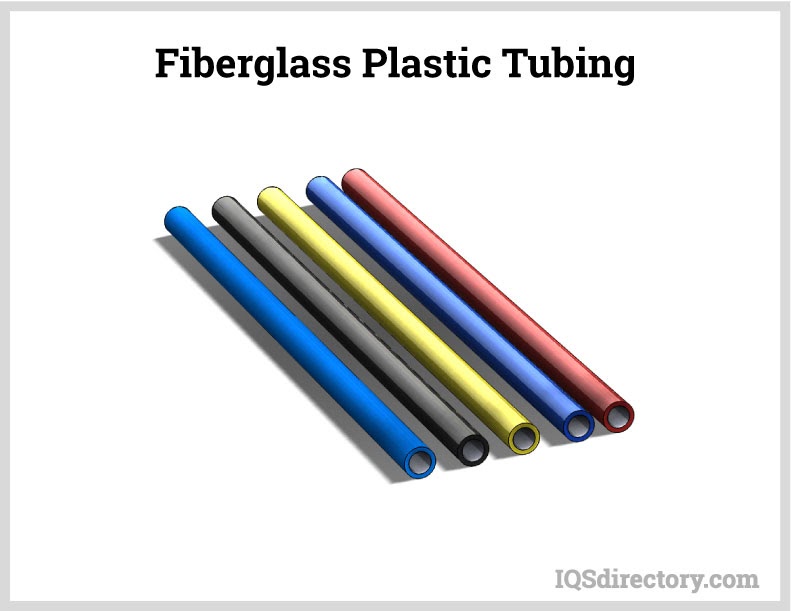
Nylon tubing is lightweight, durable, and exhibits outstanding resistance to corrosion, abrasion, and chemicals. It is suitable for air brake systems, fuel lines, and pneumatic control lines due to its excellent elastic memory and flexibility. Nylon’s low moisture absorption and high impact resistance—even at subzero temperatures—make it ideal for long-lasting industrial and mechanical applications.
Polycarbonate tubing is prized for its superior impact strength, clarity, and flame resistance. This material retains its physical integrity over a broad temperature range, making it widely used in high-visibility protective shields, machine guards, pharmaceutical processing, and electrical components. Polycarbonate tubes can be cut, machined, or drilled without risk of cracking, providing versatility for creative and technical applications.
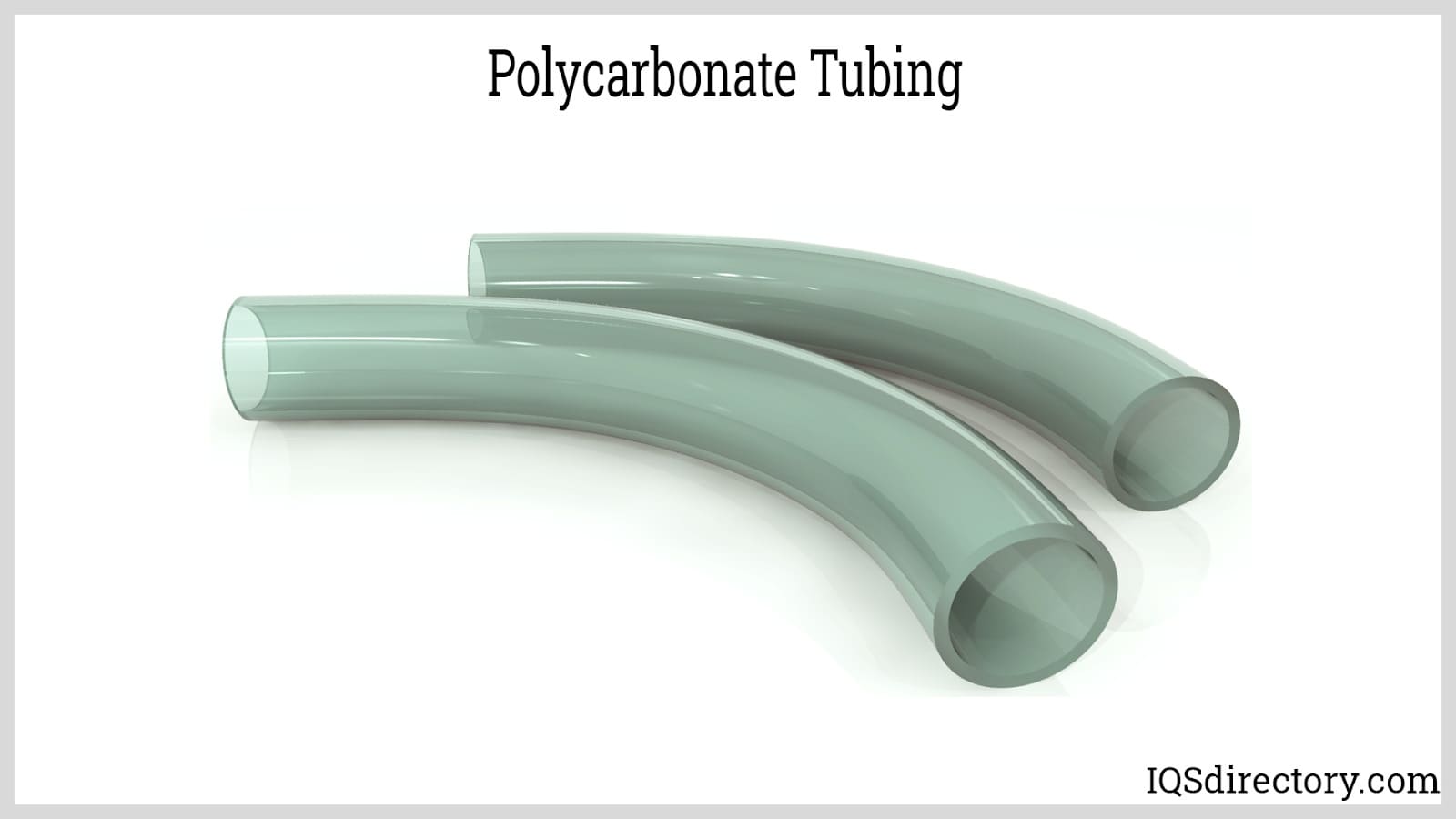
Polyethylene (PE) tubing is recognized for its smooth, waxy texture and superior resistance to chemical erosion and environmental stress cracking. It is used heavily in water and beverage lines, laboratory fluid handling, and chemical transport thanks to its flexibility, lightweight nature, and ability to maintain performance in challenging conditions. Polyethylene tubing is a low-cost, food-safe choice for many industries.
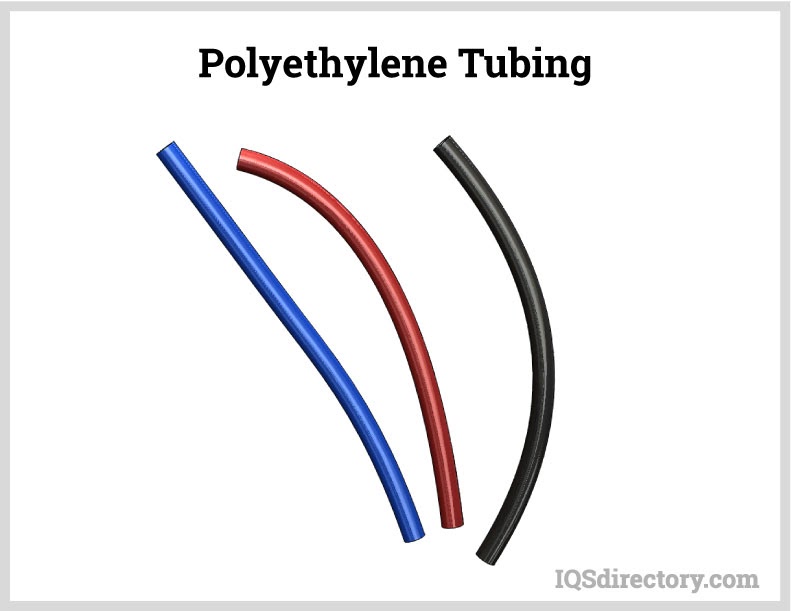
Polystyrene tubing is light, flexible, and durable, making it a preferred medium for transporting liquids, air, and gases. Its outstanding vapor and moisture barrier properties, combined with superior burst and heat resistance, make it suitable for laboratory, medical, and packaging uses.
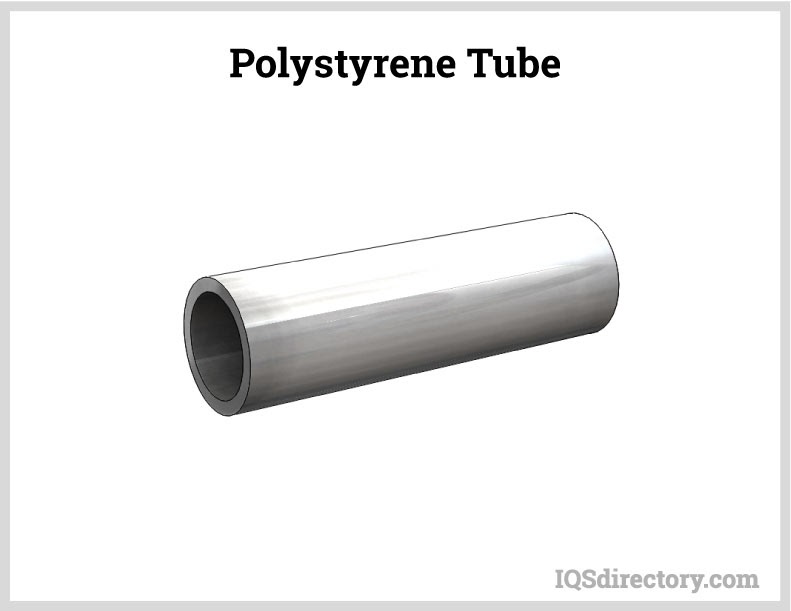
Silicone tubing stands out for its exceptional biocompatibility, cleanliness, and non-toxicity. Its high elasticity—similar to rubber—and insulation capabilities make it a standard material in medical and pharmaceutical industries. Rated for both food-grade and laboratory environments, silicone tubing maintains flexibility and performance in temperatures from -100°F to 500°F (-73°C to -260°C), meeting NSF and FDA regulatory requirements for safety-critical applications such as peristaltic pumps and medical fluid delivery.
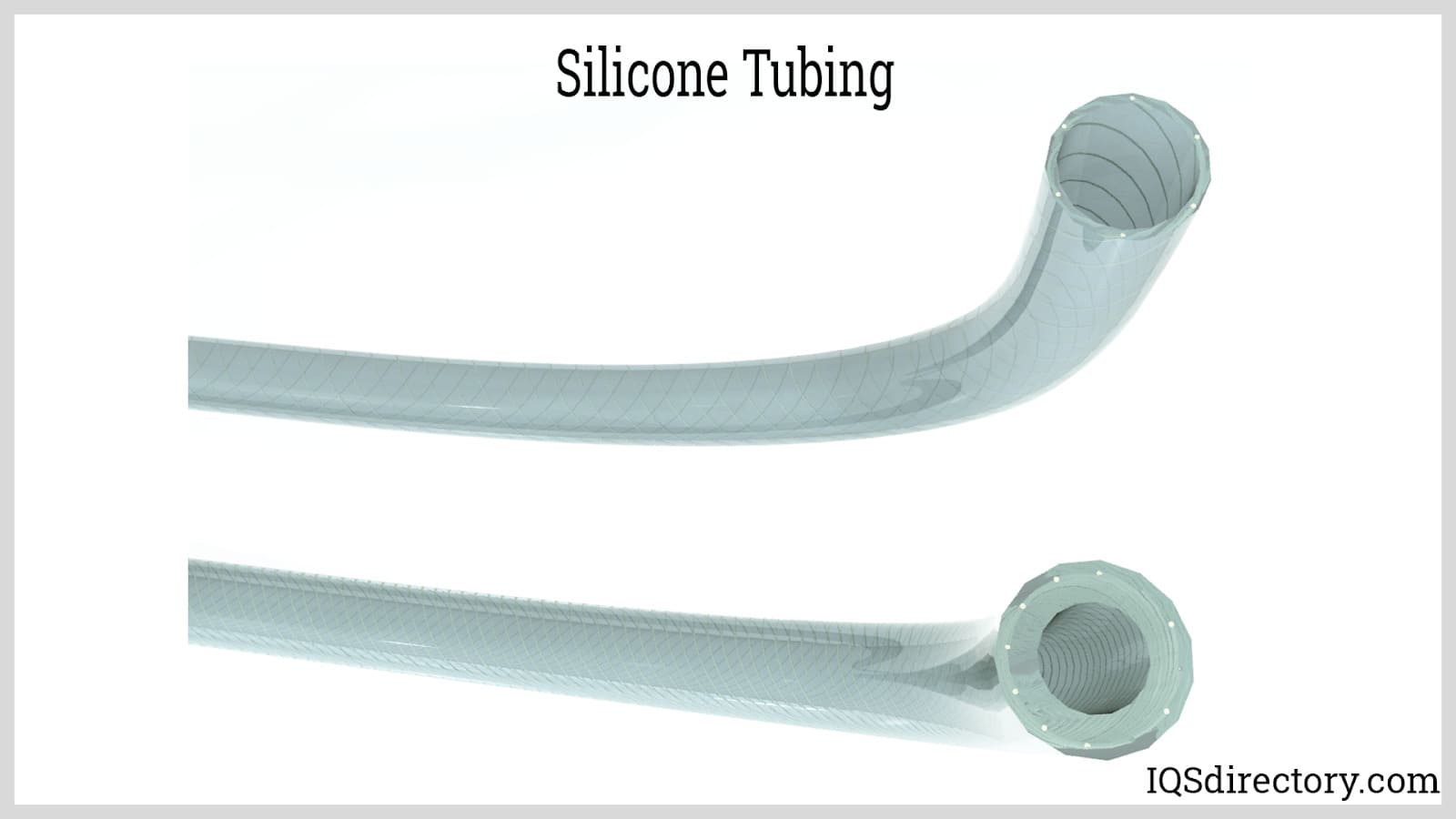
Vinyl tubing, primarily made from PVC, is the most commonly used type in both industrial and residential applications. Vinyl tubes are lightweight, transparent, highly resistant to a wide range of chemicals, and suitable for potable water, air, and low-pressure fluid transfer. Their non-toxic properties and clarity make vinyl tubing suitable for aquariums, beverage dispensing, and laboratory setups, as well as light chemical handling.
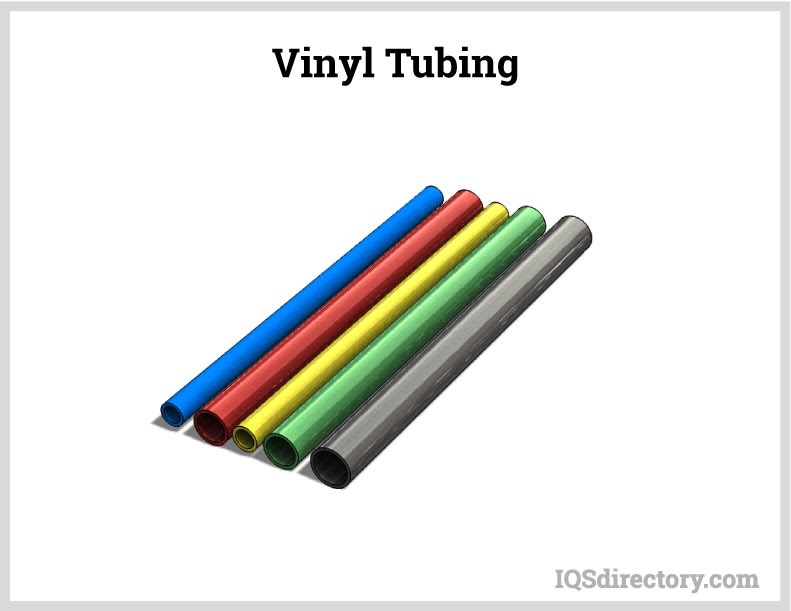
Polypropylene tubing provides enhanced rigidity, a higher melting point, and optical clarity options compared to polyethylene. Its exceptional chemical resistance makes it a popular choice for laboratory setups, aggressive fluid transport, and sterilizable components. Polypropylene tubing remains strong at high temperatures up to 275°F (135 °C) and is often found in medical, agricultural, and analytical chemistry applications.
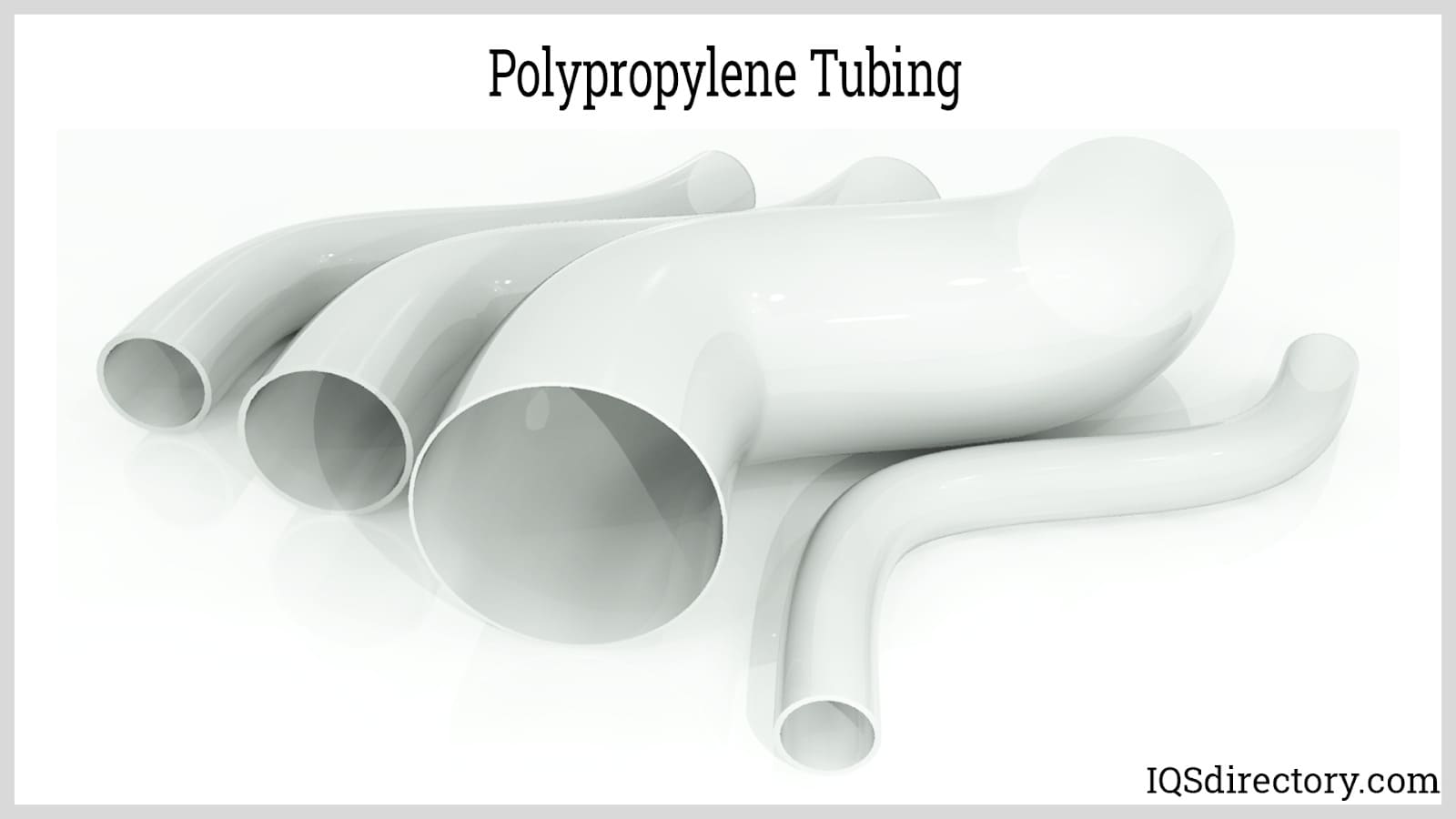
High-density polyethylene (HDPE) tubing delivers an outstanding strength-to-density ratio and minimal risk of fracture under pressure. It is ideally suited for water supply lines, air distribution, and chemical conveyance due to its sterilization compatibility, high-pressure tolerance, and abrasion resistance. HDPE tubing is trusted in municipal, industrial, and environmental monitoring applications because of its durability and cost-effectiveness.
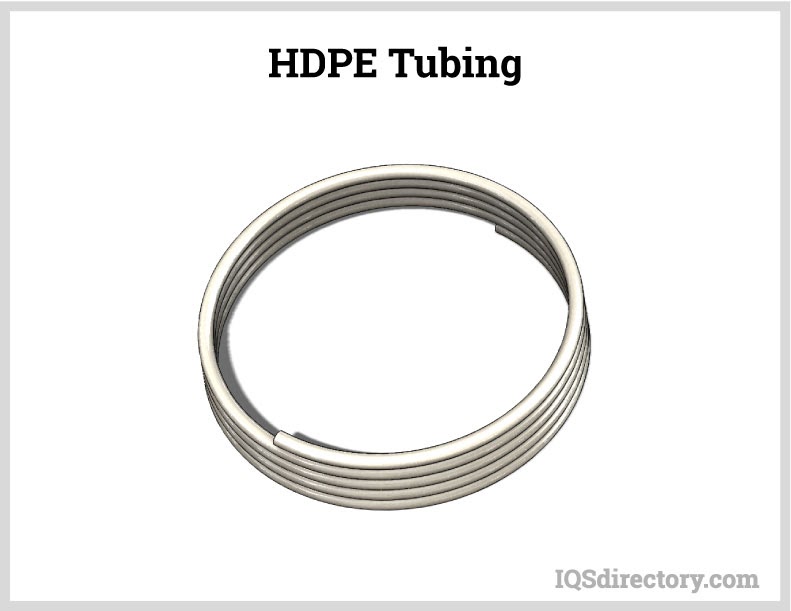
PTFE (Teflon®) tubing is recognized for its broad temperature resistance (from -390°F to 500°F / -234°C to 260°C), extreme chemical inertness, and non-stick properties. PTFE tubing is ideal for laboratory, analytical instrumentation, semiconductor manufacturing, and aggressive chemical processing because it will not crack, degrade, or react—even under the harshest environments.
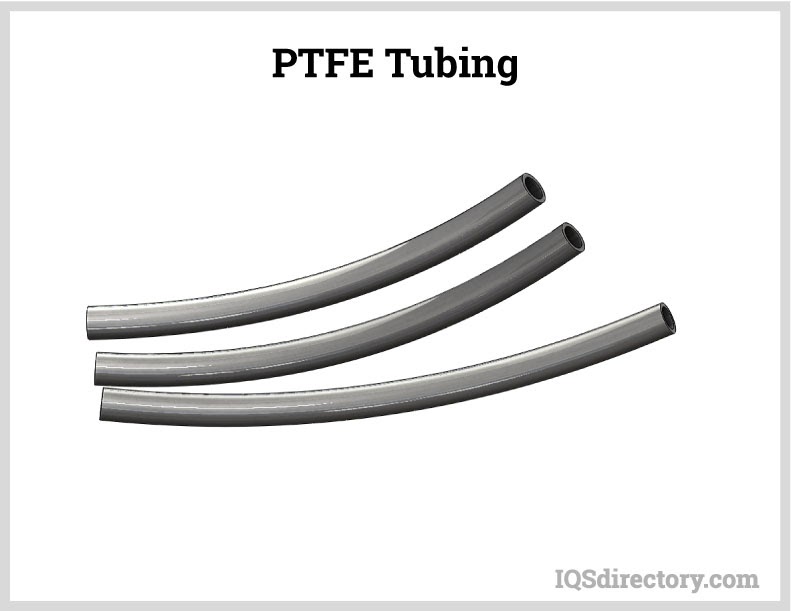
EVA tubing offers exceptional flexibility, impact resistance, and low-temperature performance. Its grease, oil, and UV resistance, combined with FDA approval, make it popular in medical, laboratory, food processing, and surgical settings. EVA tubing can be reliably used for fluid transfer, pharmaceutical manufacturing, and cold storage applications that require robust and compliant plastic tubing products.
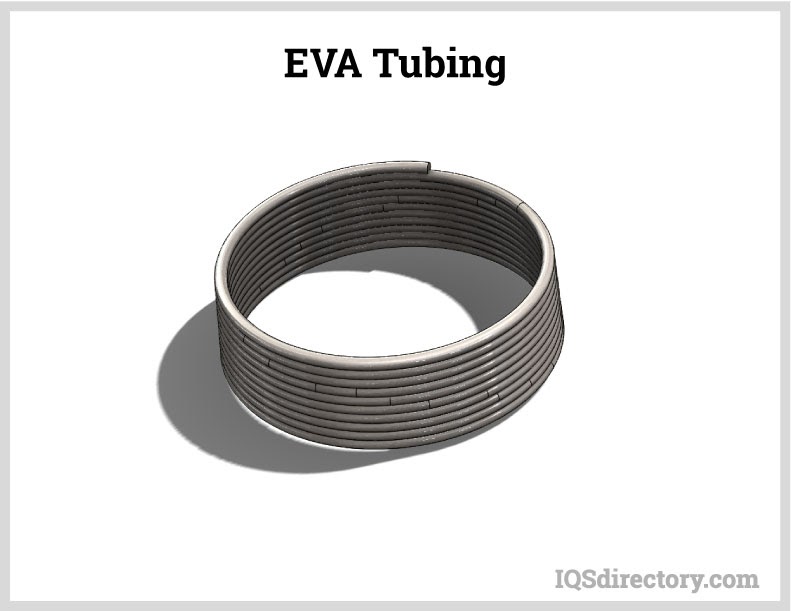
Polyurethane (PU) tubing is distinguished by its superior abrasion resistance, high flexibility, and kink-resistance, paired with excellent shape memory. Its adaptability to high-pressure settings and resilience to oils, fuels, solvents, and chemicals make PU tubing the preferred choice for pneumatic tools, fuel transfer lines, robotics, and demanding medical or industrial environments where durable, flexible tubing is essential.
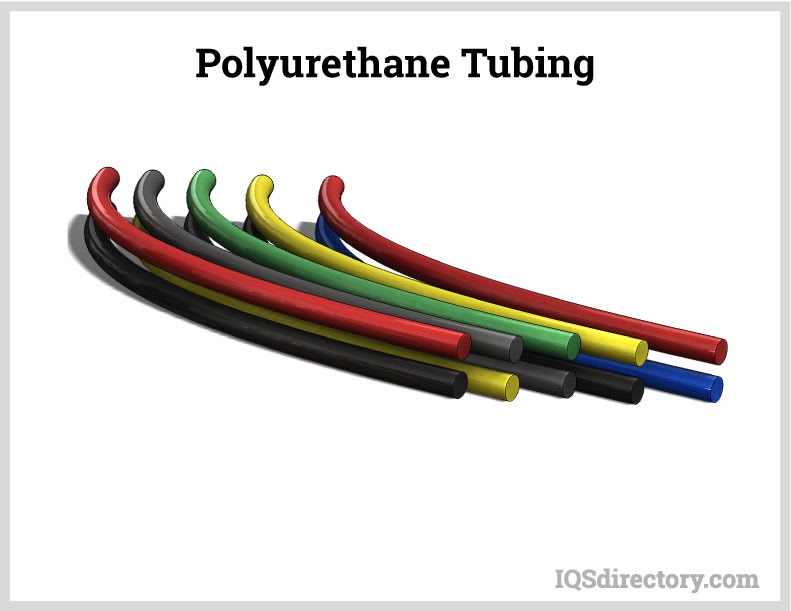
Choosing the right plastic tubing for your application depends on key factors such as chemical compatibility, temperature range, pressure requirements, compliance standards, and flexibility needs. Manufacturers and distributors often offer customized tubing solutions—including extruded profiles, reinforced tubing, multi-layer constructions, and specialty coatings—to ensure optimal performance, durability, and regulatory compliance. When evaluating plastic tubing, consider the installation environment, expected lifespan, and industry certifications (such as FDA, NSF, or USP Class VI) to ensure safe and effective use of your tubing products.
For additional information on selecting, sourcing, or specifying plastic tubing for your specific industry or end use, consult with a knowledgeable supplier or manufacturer specializing in the right materials, production processes, and regulatory standards for your application requirements.
Plastic tubing offers high tensile strength, lightweight construction, corrosion resistance, and significant cost-effectiveness compared to steel, copper, and aluminum, making it ideal for fluid transfer and conduit applications.
Plastic tubing is essential in manufacturing, agriculture, healthcare, automotive, food processing, banking, marine, laboratory, and HVAC systems, providing versatile solutions for fluid transfer, protection, and structural support.
Plastic tubing is produced through extrusion or pultrusion. Extrusion pushes molten polymer through a die, while pultrusion pulls reinforced fibers through a die for high-strength, uniform profiles, allowing precise customization for diverse applications.
Plastic tubing is made from acrylic, PVC, CPVC, nylon, polycarbonate, polyethylene, silicone, vinyl, polypropylene, HDPE, PTFE, EVA, and polyurethane, each selected for specific resistance, flexibility, strength, and compliance requirements.
Plastic agricultural tubing is lightweight, durable, and corrosion-resistant, used in irrigation and livestock watering. It covers large acreage efficiently with minimal joints, providing low maintenance and reliable performance for farms of all sizes.
For medical and food applications, FDA-approved, food-grade, or medical-grade materials like silicone, PVC, polyurethane, and EVA are used to ensure cleanliness, biocompatibility, and compliance with strict regulatory standards.
In the United States and Canada, there are numerous machines available for producing plastic tubing. These machines are crucial in today's manufacturing industry, as they facilitate the efficient production of plastic tubing used in a wide range of applications, including irrigation parts, medical devices, automotive components, and more. Below, we discuss some of these leading machines.
Features/Characteristics: Davis-Standard's Thermatic® series extruders are known for their versatility, enabling the production of a wide range of plastic tubing in various sizes, shapes, and materials. These extruders provide excellent process control, uniformity, and high output rates, making them a popular choice across different industries.
Features/Characteristics: Milacron's TP series extrusion machines are renowned for their efficiency and precision in plastic tubing production. Equipped with advanced controls and automation systems, these machines allow for easy adjustments and process optimization. The TP series is highly valued for its high throughput, reliability, and ease of maintenance.
Features/Characteristics: Conair's MedLine® extruders are specifically engineered for medical tubing applications, making them a popular choice in the healthcare industry. These machines provide exceptional quality control and cleanliness to meet stringent medical standards and include features that minimize contamination risks during production.
Features/Characteristics: Arburg's ALLROUNDER series injection molding machines are renowned for their precision and versatility. While typically used for injection molding, some models in this series can also produce plastic tubing via "tube molding" or "pipe molding" processes. These machines are praised for their high repeatability and are capable of mass-producing complex tubing designs.
Features/Characteristics: Wilmington Machinery's Series III blow molding machines excel in producing hollow plastic tubing, including bottles and containers. They are designed to ensure consistent wall thickness, excellent dimensional accuracy, and rapid cycle times, making them ideal for high-volume manufacturing.
It's important to note that technological advancements and evolving industry trends may have led to the development of newer and more advanced machines since this posting. For the most up-to-date information on leading machines for plastic tubing production in the United States and Canada, it is advisable to consult manufacturers, suppliers, and industry experts.
Given the wide range of materials and applications for plastic tubing, selecting the right type for a specific use requires careful consideration of the desired properties. While plastic is a versatile and durable material, the challenge lies in determining the specific features needed for the application.
Assessing the mechanical properties of a material, including its tensile strength, is crucial when selecting the appropriate plastic. Tensile strength measures how much stress a plastic can withstand before breaking, and it varies between 12,400 psi and over 20,000 psi. The chart below provides a comprehensive list of various plastics and their tensile strength in megapascals at 73°F (23°C).
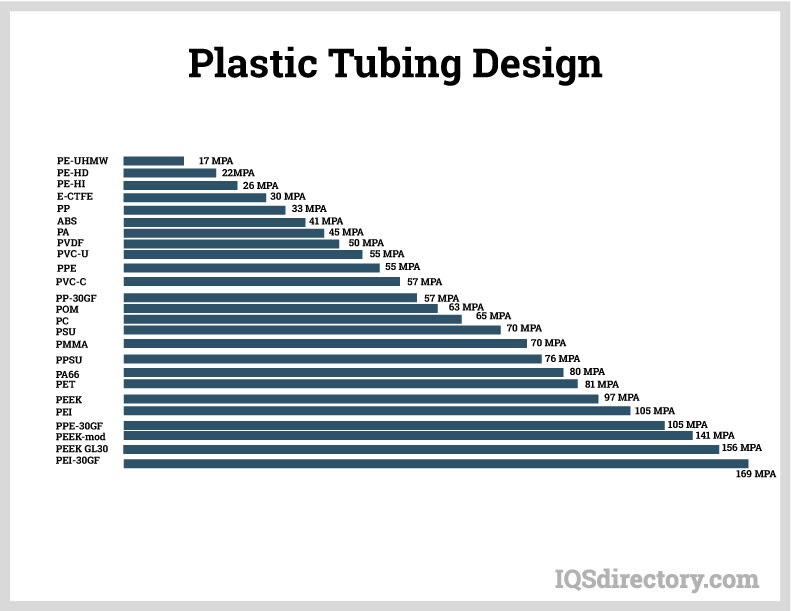
Tubing is measured by its inside diameter (ID) and outside diameter (OD), which can range from 0.125" to 4" (0.3 to 10 cm). The difference between the ID and OD represents the wall thickness, which is a key factor in determining the strength of the tubing.
Wall thickness is calculated by subtracting the inside diameter (ID) from the outside diameter (OD) and then dividing the result by two.
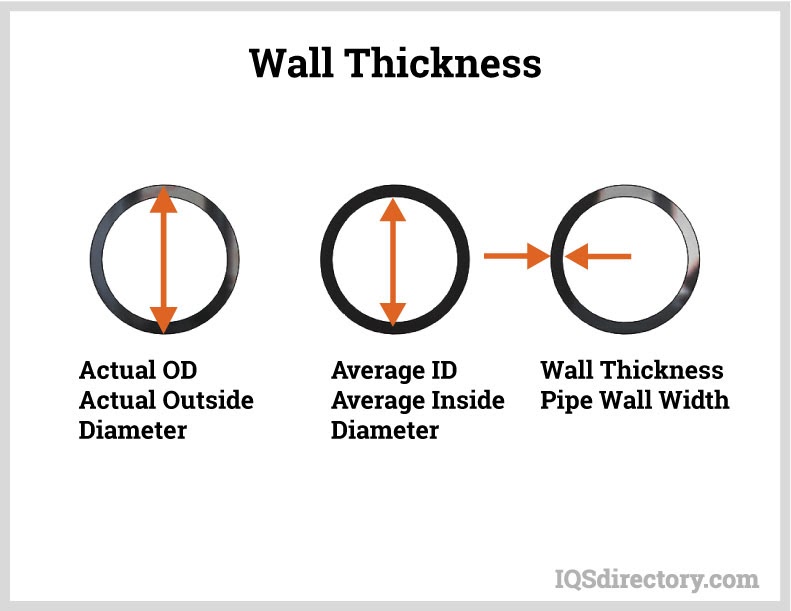
The flexibility of plastic tubing depends on the material used in its manufacture. PVC, polyurethane, and silicone are all flexible materials, with silicone being the most flexible of the three.
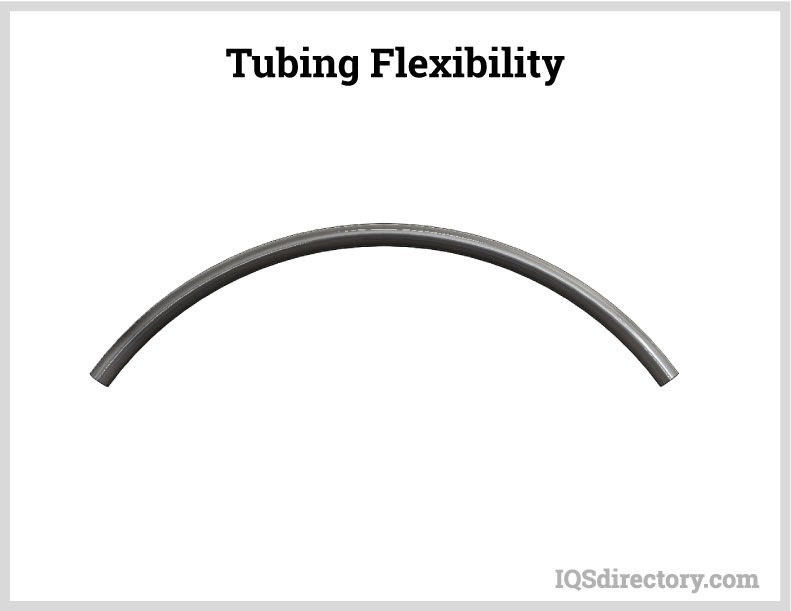
Plastic tubing fittings come in various types, including compression, push-to-connect, quick turn, threaded, barbed, socket, and flanged. The choice of fitting should be based on the specific application and how the tubing will be used.
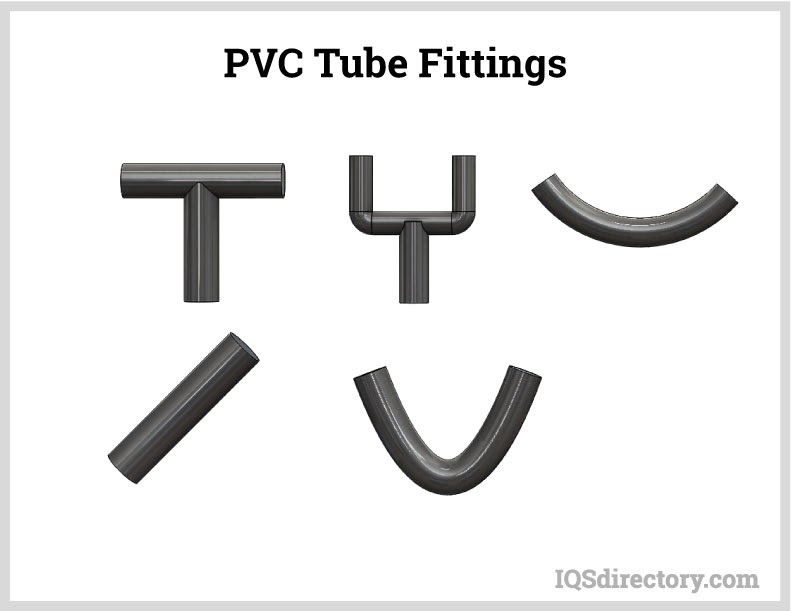
Plastic tubing is available in an almost limitless range of colors, including translucent and clear options.
Plastic tubing can be manufactured to any length, tailored to the specific needs of the application. It can range from just a few inches to several hundred feet.
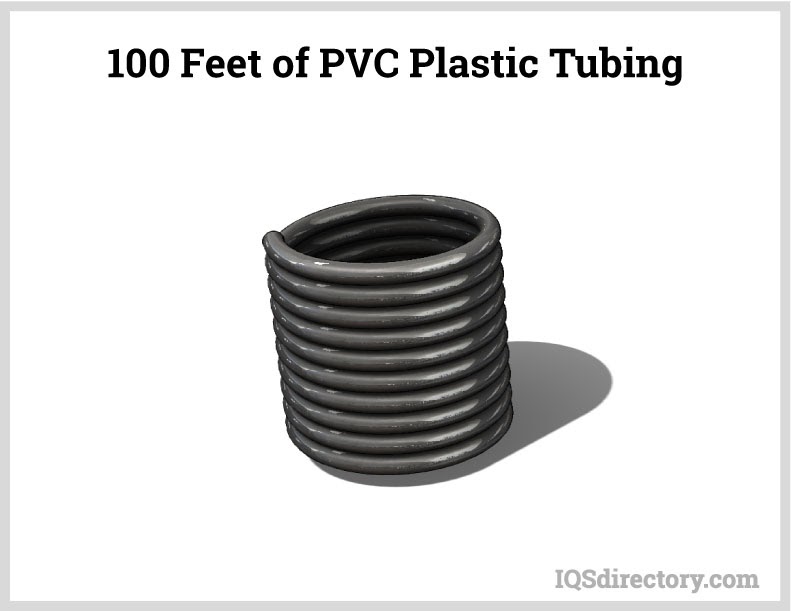
When comparing the cost of plastic tubing to steel or stainless steel in terms of tensile strength, steel and stainless steel are significantly stronger. However, the primary advantage of plastic tubing is its cost. While a few stainless steel tubes may cost as much as hundreds of flexible plastic tubes, plastic offers a more economical alternative.
The durability and strength of plastic tubing are influenced by its wall thickness and the resin blend used. The strength of plastic tubing is directly related to the amount of stress it can withstand. Plastic can endure significant stress before failing, making it quite resilient.
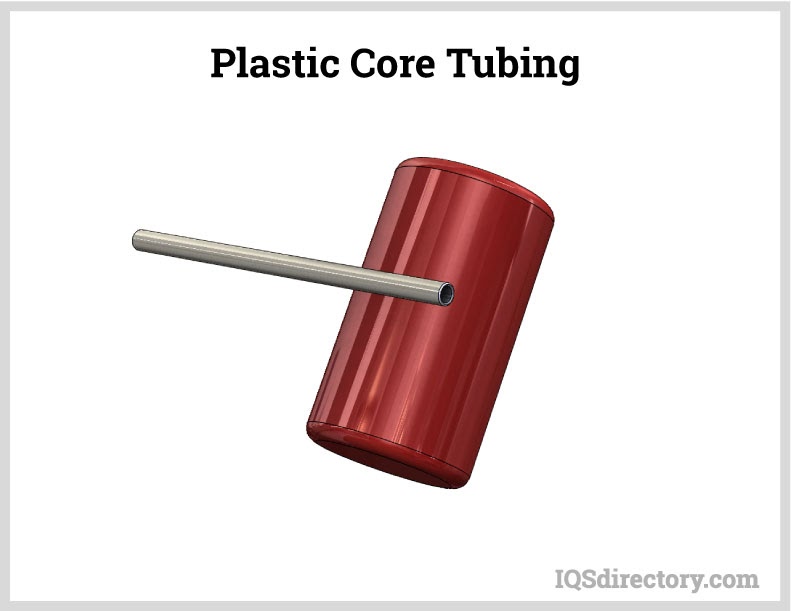
All plastics are resistant to corrosion, but the degree of resistance varies depending on the type of polymer used. Polyolefins and PVC are among the most corrosion-resistant plastics. Polyolefins include polyethylene and polypropylene, which are available in various densities and molecular structures to facilitate design versatility.
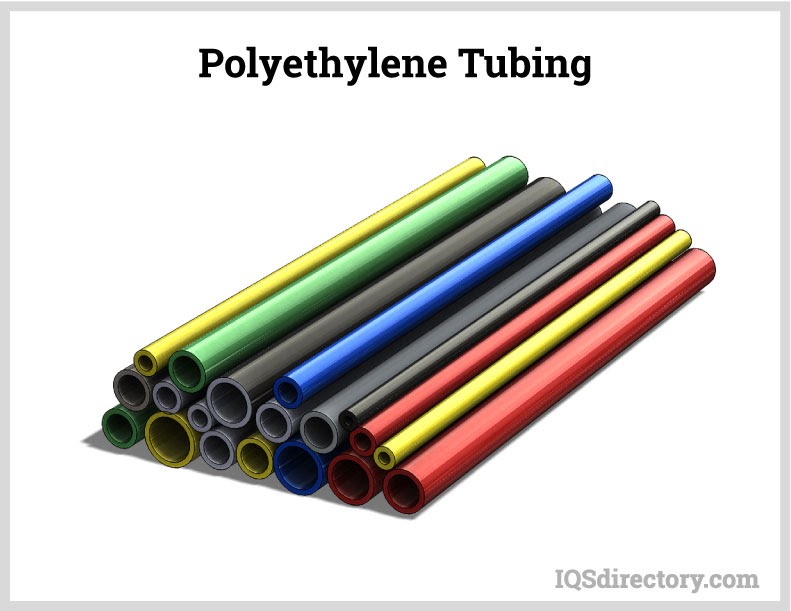
Resins used for plastic tubing can be manufactured with antimicrobial properties integrated into the pellets. This feature is essential for applications such as food storage, coolers, water tubes, and medical tubing. The antimicrobial additive helps prevent contamination and ensures that the tubing remains sanitized.
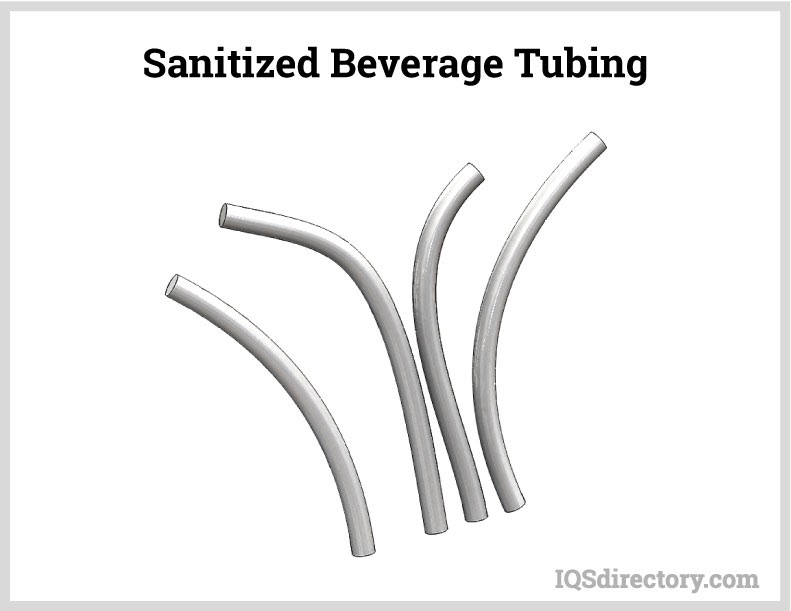
Plastic products can potentially be toxic, with the level of toxicity depending on the type of resin used in their production. When deciding to manufacture plastic tubing, it is important to consider the potential toxicity of the materials as part of the design process.
The characteristics of plastic tubing depend on the materials, configuration, and manufacturing methods used. While surgical and industrial tubing can have vastly different applications, all plastic tubing shares certain common features despite these variations.
Plastic tubing serves as a hollow shaft designed to transport gases, fluids, or solid, flaky materials. While circular profiles are most common, plastic tubing can also be made in various shapes, including hollow designs.
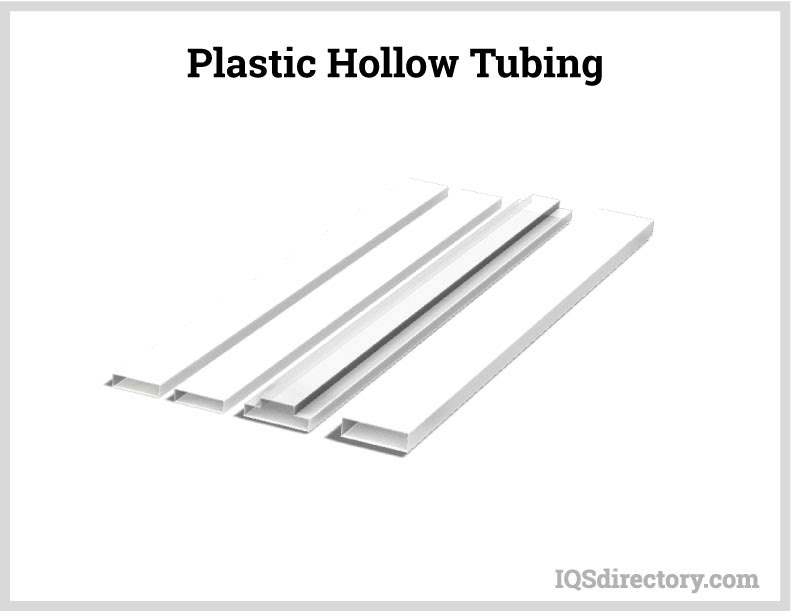
Plastic tubing is made from different types of plastic, all originating from a polymer base. This material is chosen for its strength, durability, resistance to corrosion and rust, and cost-effectiveness.
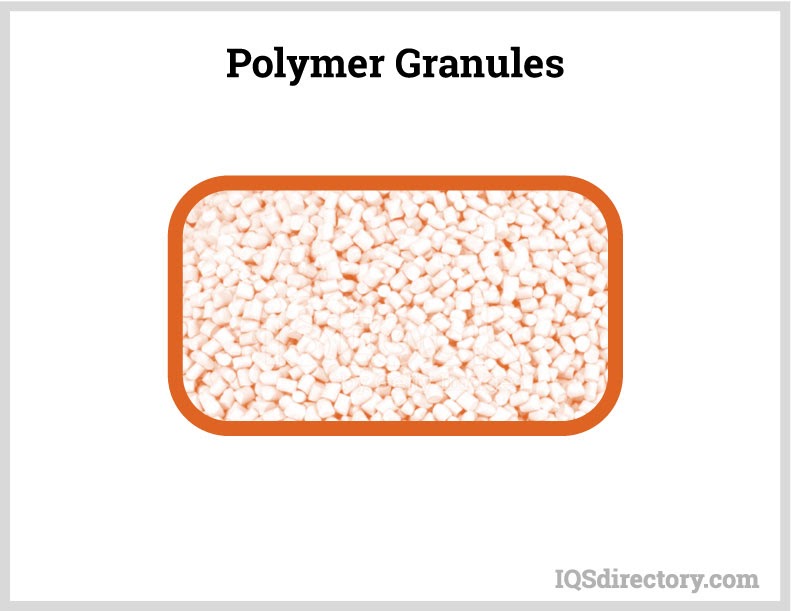
The strength, durability, and transparency of plastic tubing depend on the materials used in its production. Despite these differences, plastic tubing remains one of the most widely used components in manufacturing due to its low cost and versatility.
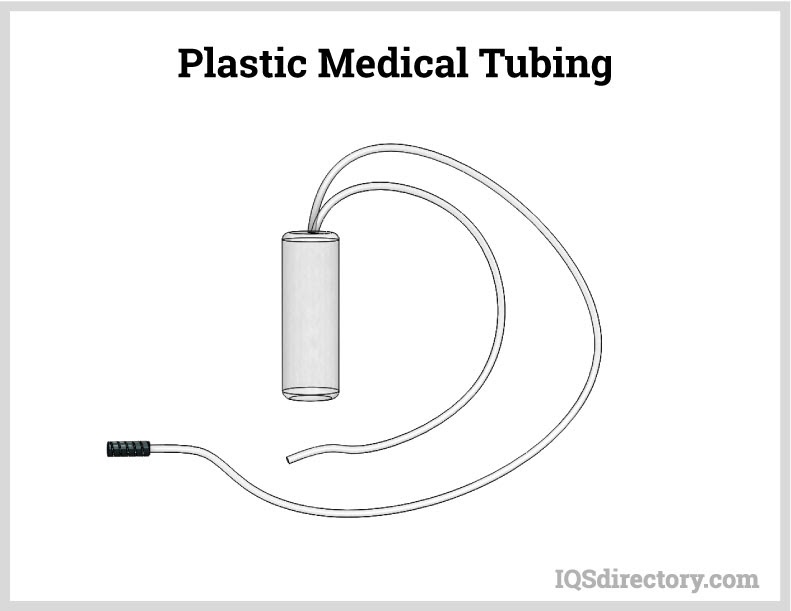
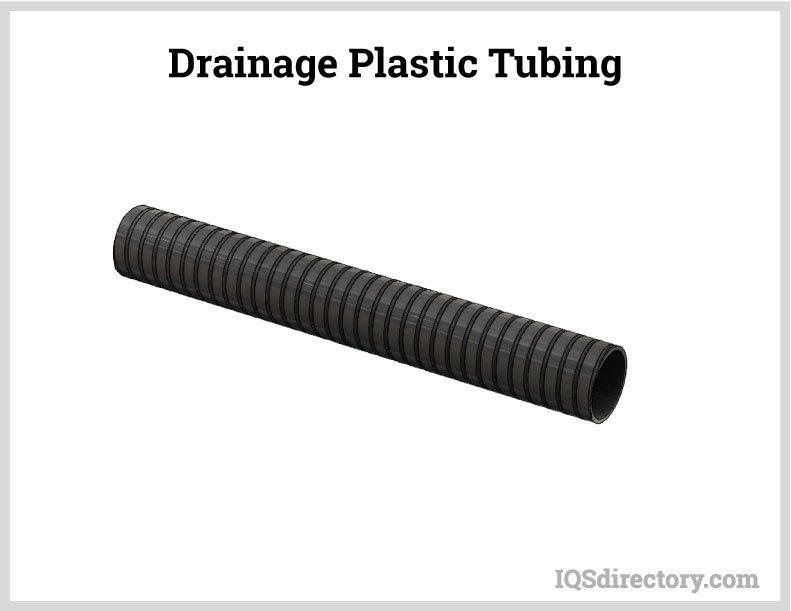
Plastic tubing can be manufactured to achieve clarity comparable to glass while being more durable and less prone to breaking.
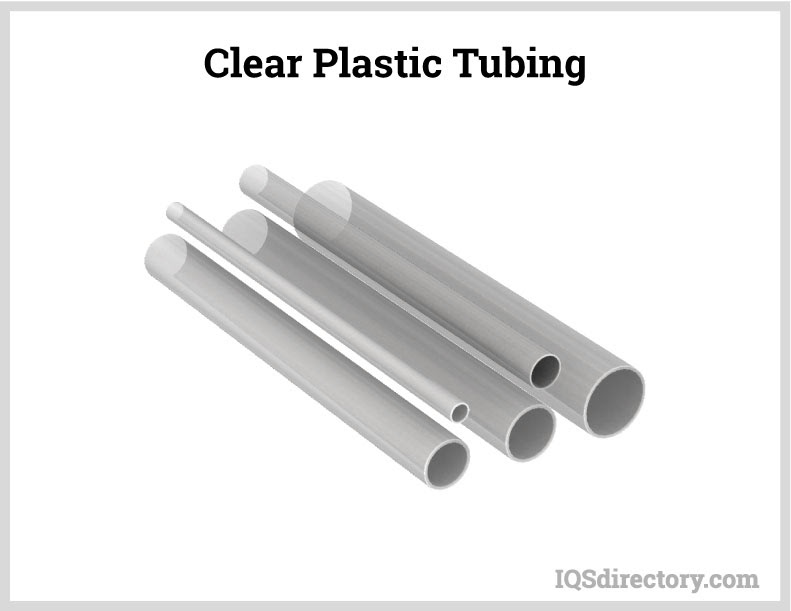
Plastic tubing can be engineered to withstand various conditions and handle different materials. Unlike some other tubing types, it often does not require special treatment to move chemicals or corrosive substances.
Although plastic does not match the tensile strength of steel or stainless steel, it is highly capable of enduring everyday wear and tear. Plastic tubing can sustain significant damage while still maintaining its strength.
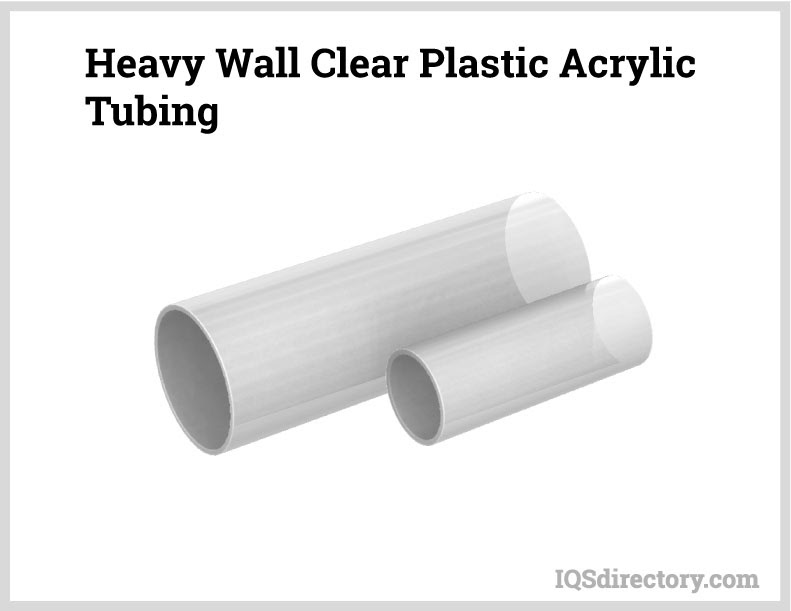
All plastics can be recycled and reprocessed into new products. When plastic tubing reaches the end of its useful life, it can be returned to be repurposed into pellets or resin and re-extruded for further use.
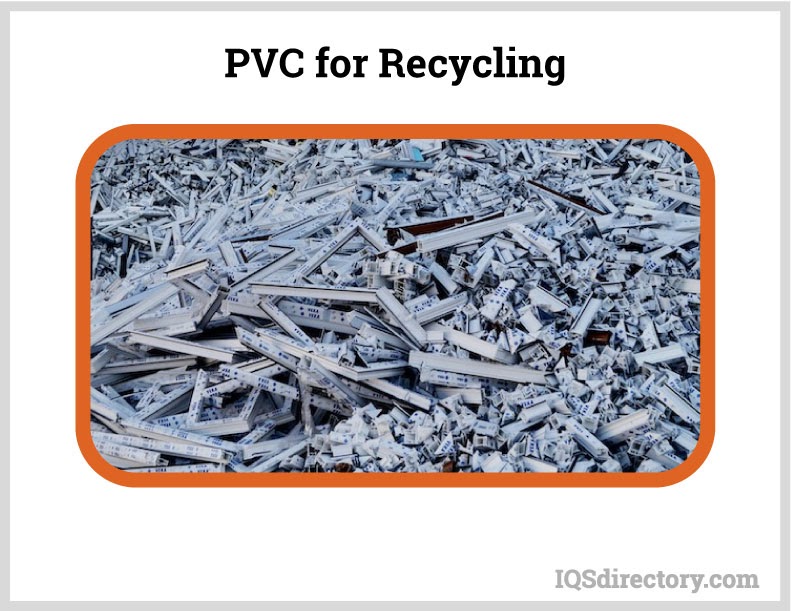
The variety of materials used to manufacture plastic tubing matches the diversity of its types, ranging from highly sanitary tubes for cleanrooms and surgical environments to drainage tubes for sewage and waste removal. Plastic tubing is engineered to meet specific application requirements and can be molded, shaped, and configured to suit various conditions.
Corrugated tubing is used in chemical processing, corrosive environments, laboratories, and for high-purity fluid and solvent transfer. It is highly flexible, allowing it to be extended or compressed without altering the inside diameter (ID). Corrugated plastic tubing can be manufactured in any length and with various IDs to meet specific needs.
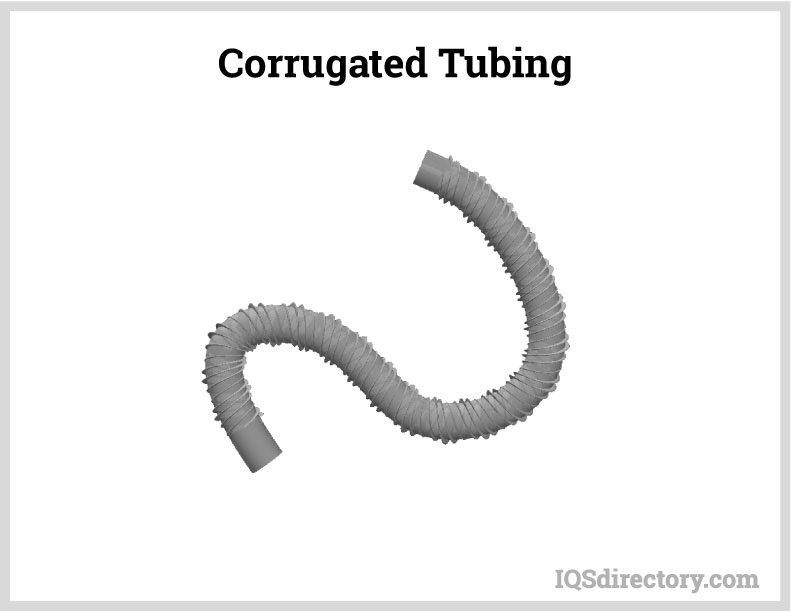
Heat shrinkable tubing is used for insulating wiring. It is applied around the wire and then shrinks to fit tightly. This tubing is resistant to fuels, lubricants, acids, and solvents, even at high temperatures.
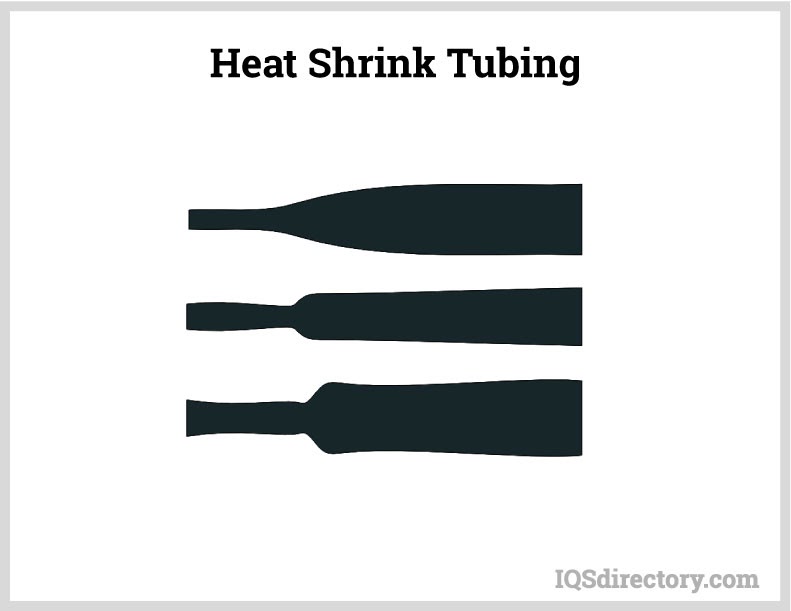
Medical plastic tubing is manufactured to the exacting standards of the United States Pharmacopeia (USP) and the National Sanitation Foundation (NSF). USP Class VI defines the requirements for biological reactivity, while NSF 51 outlines the use of plastics with food products. Medical tubing has to be translucent, able to be sterilized and reusable, and nonreactive with bodily fluids or tissues.
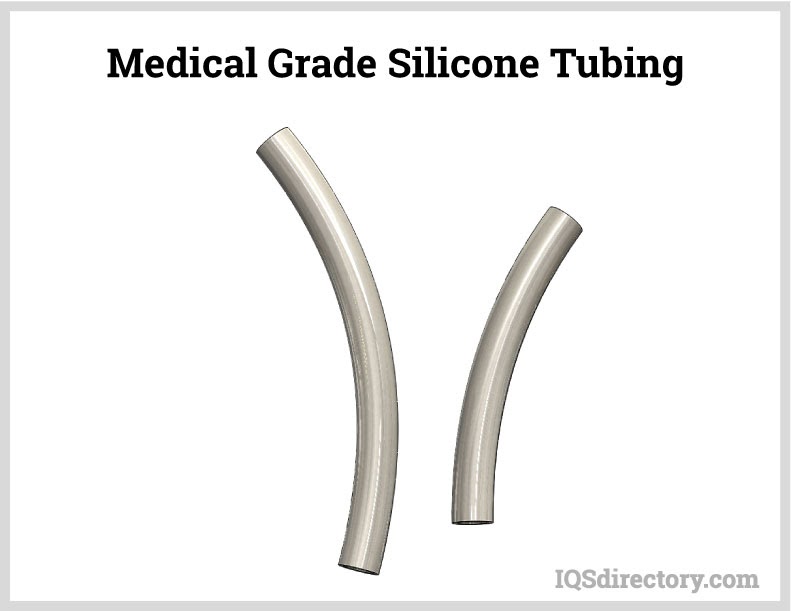
Square plastic tubing is less common but is occasionally used for its aesthetic appeal. It serves similar functions to cylindrical tubing and can transport liquids and gases. Its strength also makes it suitable for manufacturing lawn furniture.
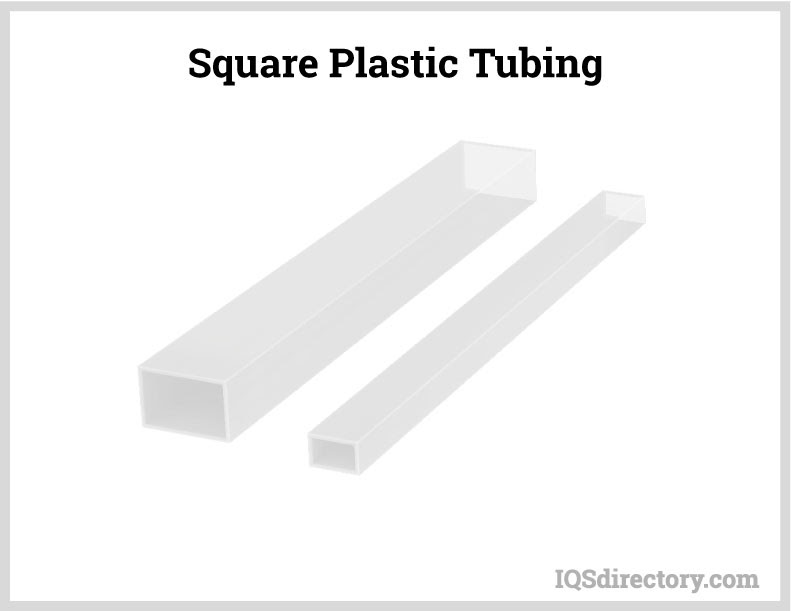
Hard or rigid plastic tubing is manufactured from various materials and is used both as a conduit and as construction material. It has a wide range of industrial applications due to its durability and structural integrity.
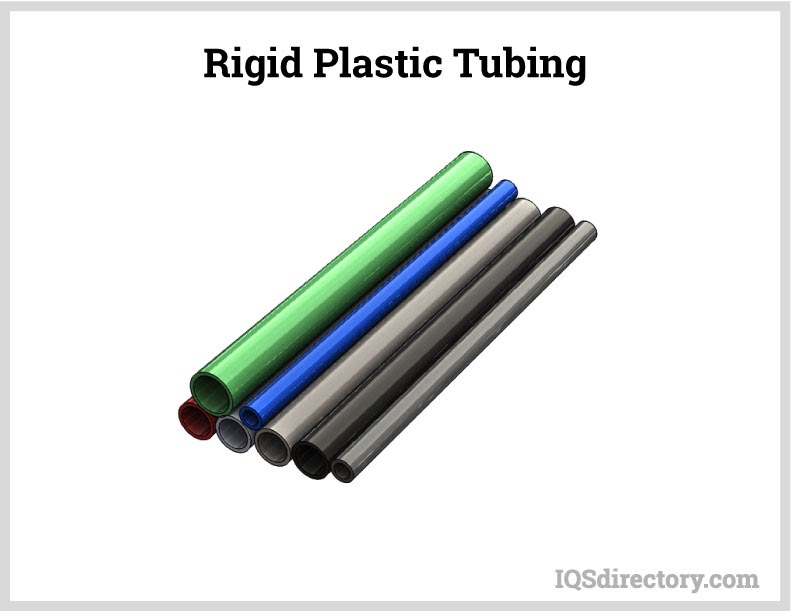
Small diameter tubing, or miniature tubing, is used in applications where standard tubing is required but on a smaller scale. It is made from materials such as polycarbonate, polypropylene, polyethylene, polystyrene, and PVC. This type of tubing is commonly used in electrical components, swab sticks, medical products, and dispensing tubes, and it can be produced in various lengths.
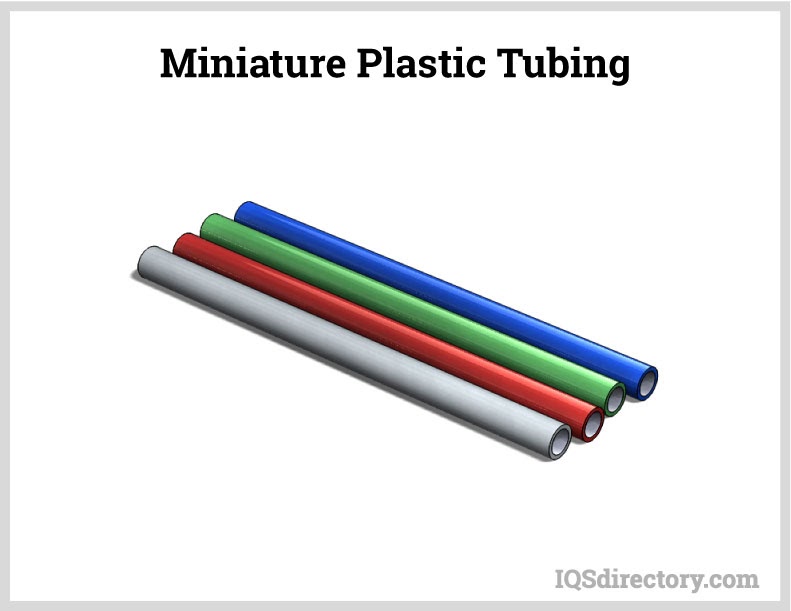
Centrifuge plastic tubing consists of cylindrical tubes used in centrifuge machines to analyze and separate materials. These tubes are high-strength and precision-engineered to safely contain a variety of substances. Due to their cost-effectiveness, plastic centrifuge tubes are more commonly used than their glass counterparts.
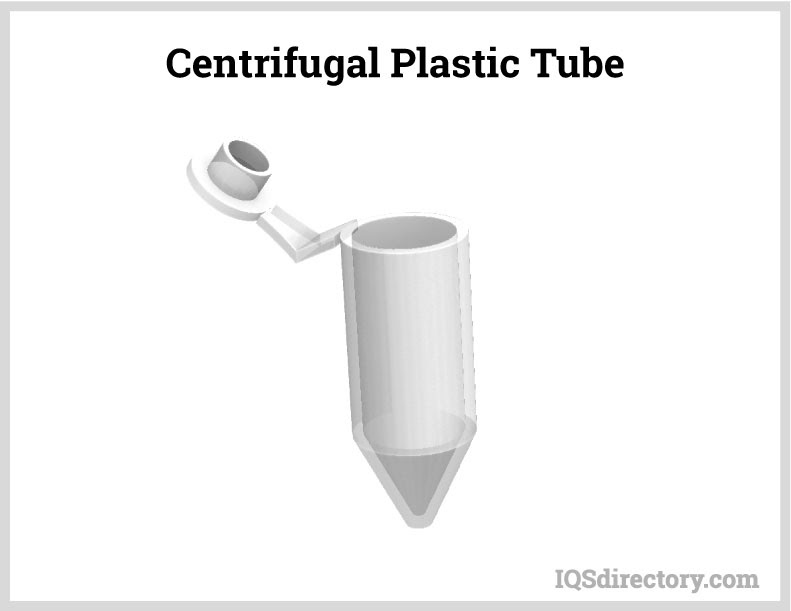
The regulations governing the production of plastic tubing primarily focus on its use in the food industry and for water transport. In addition to government regulations, various organizations establish and oversee guidelines for materials that come into contact with the public.
The FDA regulates products that come into contact with food or beverages. Given the significant role plastic tubing plays in the food industry, the FDA has set regulations to ensure cleanliness and sanitary standards for food processing tubing. Materials used in plastic tubing are tested for composition, additives, and properties. If they meet the FDA’s standards, they are deemed FDA compliant. FDA CFR 21 encompasses regulations for materials used in medical applications as well.
The USDA oversees equipment used in the production of meat and poultry products. Its Food Safety and Inspection Service (FSIS) provides guidelines that align with FDA requirements listed in CFR 9, ensuring safety and compliance in food production.
The 3A-Dairy group is a voluntary organization dedicated to improving the quality, standards, and equipment used in dairy product production. Its main focus is on enhancing sanitary conditions during production. The organization collaborates with food handling manufacturers to improve their methods and awards a 3-A Sanitary Standards, Inc. compliance seal to those who meet its criteria.
The NSF was established to standardize sanitation and food safety requirements, with over 80 standards for public health and safety. It covers all aspects of food production and includes critical examination and testing of equipment that contacts drinking water, such as plumbing systems, water treatment chemicals, and filters.
NSF Standards relevant to Plastic Tubing include:
The USP (United States Pharmacopeia) is a public standards authority for medicines and healthcare products, establishing criteria for quality, purity, strength, and consistency. USP Class VI standards specifically assess the toxicity of materials and their potential risks to human health. Tubes that come into contact with body tissues or muscles undergo rigorous testing and evaluation to ensure they meet these standards. The USP employs various tests to determine whether a material complies with its safety and performance requirements.

An industrial hose is a durable and precision constructed hose used to transfer and transport liquids, gases, and other materials for industrial applications. They are made of materials that...
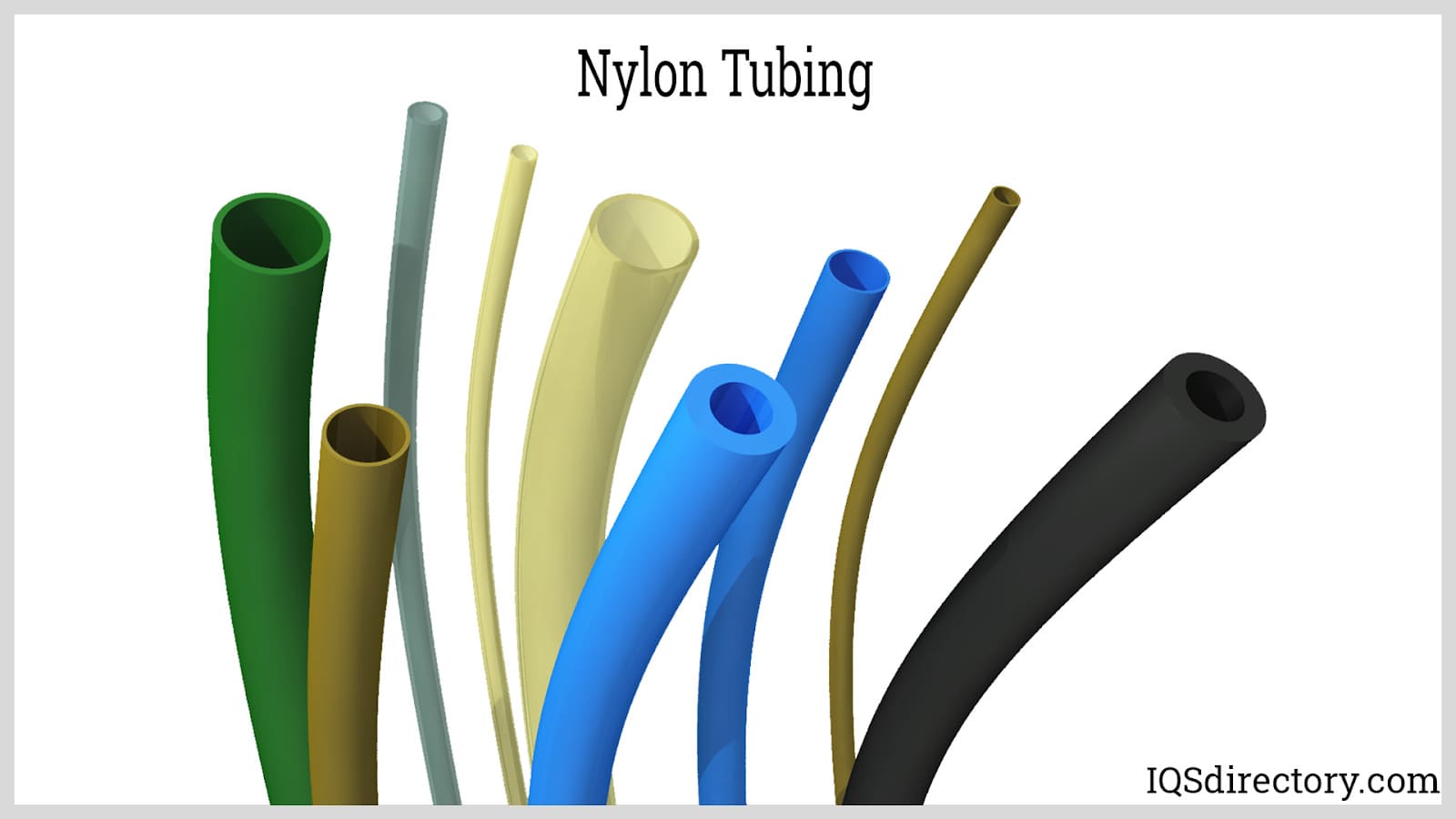
Nylon tubing, also known as polyamide tubing, is a type of tubing made from polyamide resin, which has a strongresistance to abrasion. It is used in high-pressure and high-temperature applications...
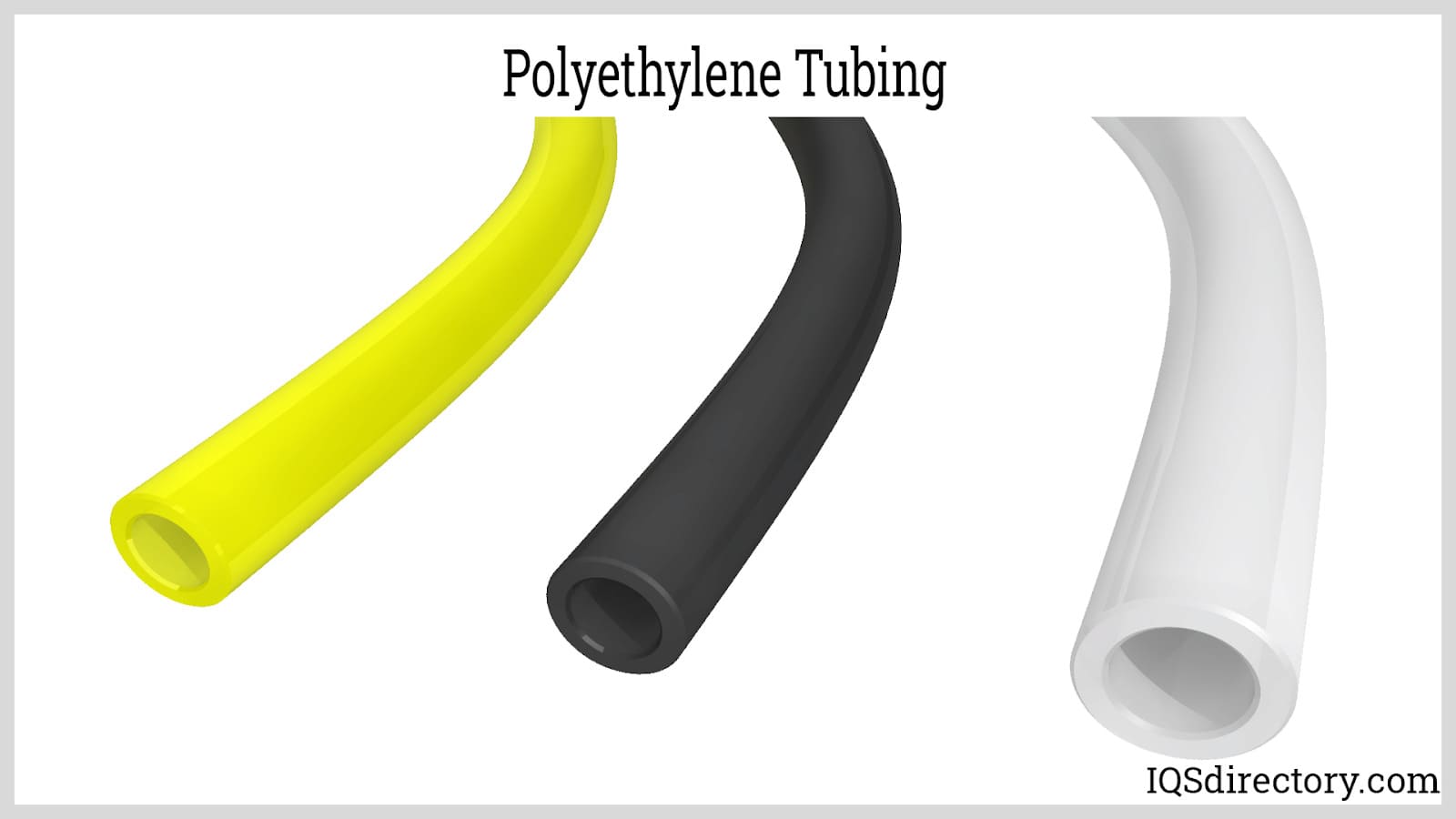
Poly tubing is a highly flexible, lightweight, and durable tubing that is produced from polyethylene, a polymer that is made from the polymerization of ethylene. It is a very versatile form of tubing that has break and crack resistant walls...

PVC is a tough chemically resistant synthetic polymer of vinyl chloride used especially for making pipes, films and electrical insulation. It is made by polymerizing vinyl chloride, and...
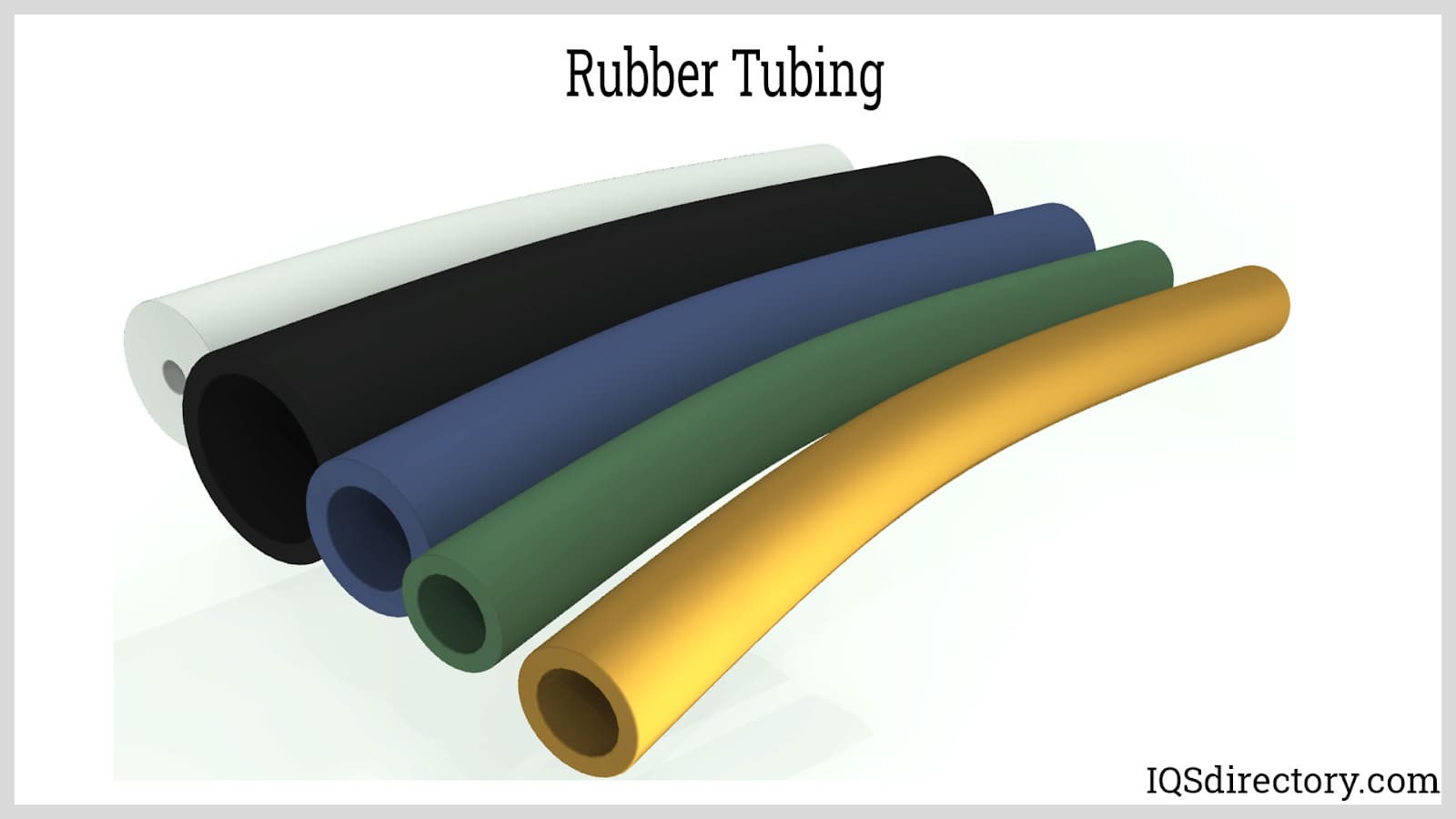
Rubber tubing, also known as rubber hose or piping, is made from a combination of natural and synthetic rubber. This versatile material is widely used for transporting and circulating liquids and...
Silicone tubing is a very tough elastomer that exhibits high strength, flexibility, and resistance. Silicone tubing can be stretched without tearing and is highly versatile. It cannot be weakened with repeated bending and twisting due to...
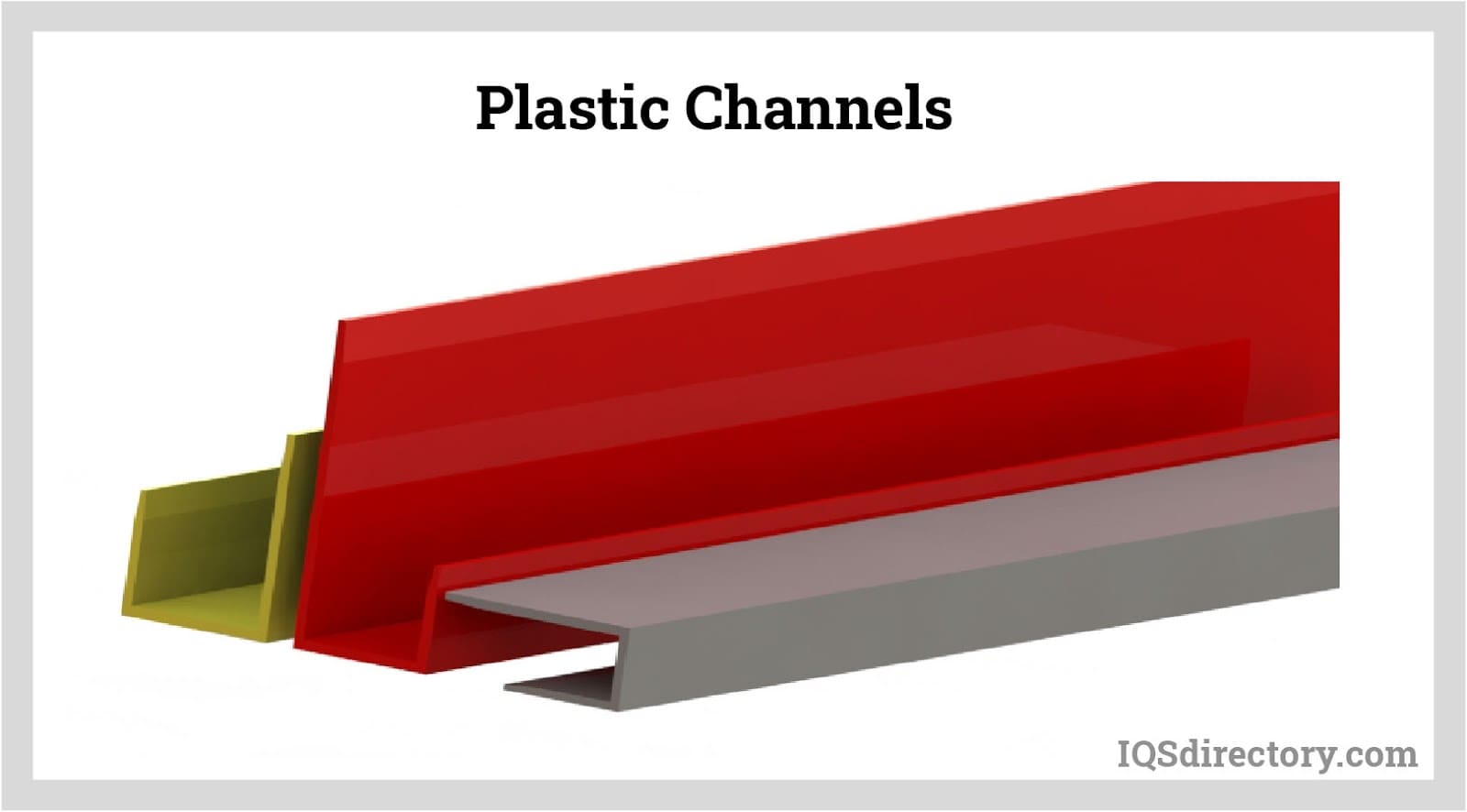
Plastic channels are plastic products that have linear extruded profiles. They have a constant cross-sectional shape across their axis. They are long and narrow structures, and their depth is relatively short. These products serve a variety of functions and uses...

Plastic extrusion, also known as plasticating extrusion, is a continuous high volume manufacturing process in which a thermoplastic material -- in a form of powder, pellets or granulates -- is homogeneously melted and then forced out of the shaping die by means of pressure...
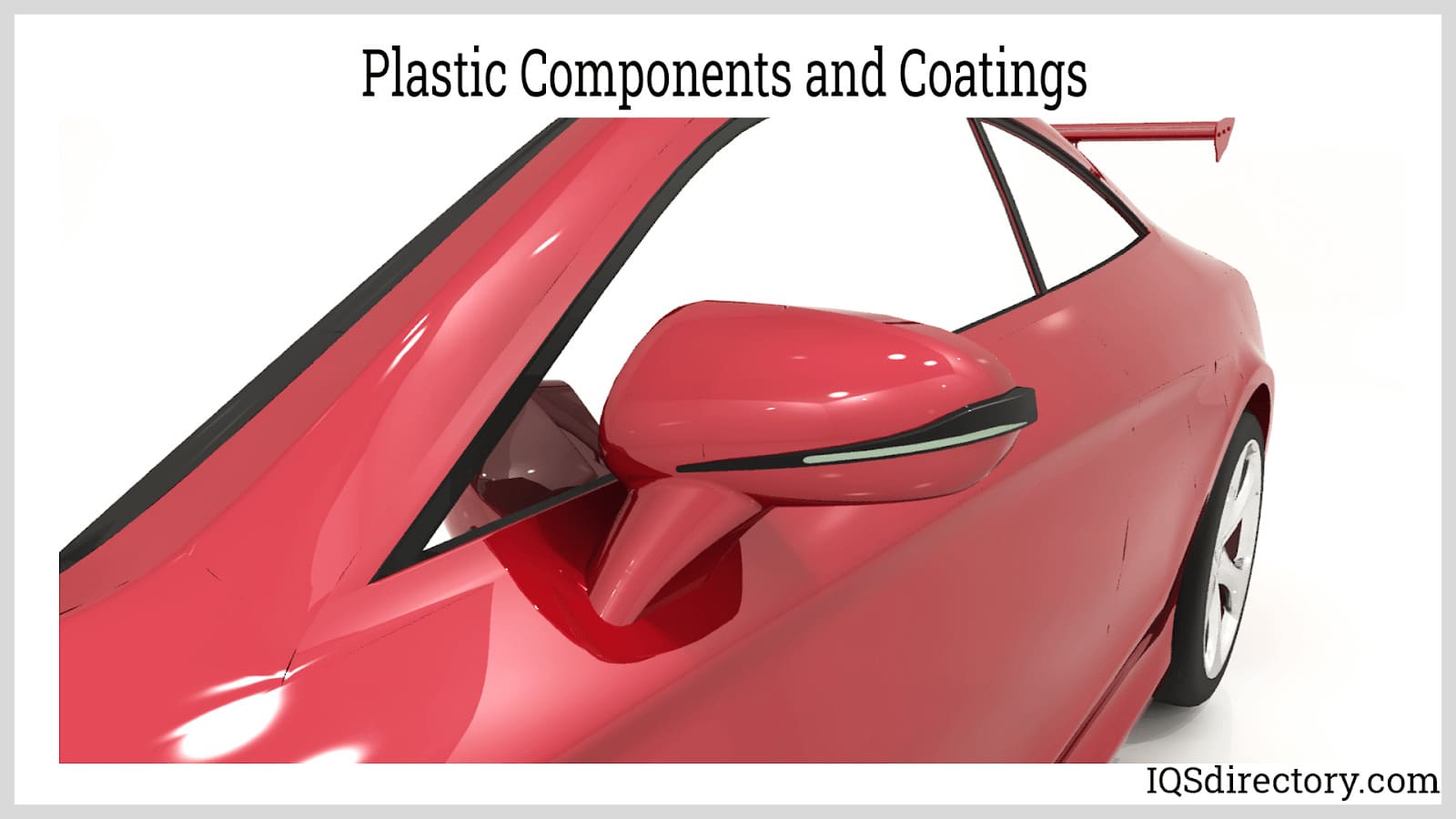
Plastic materials are objects artificially made from organic compounds called polymers along with other additive components. They possess excellent formability, making them extremely versatile for many different fabrication and manufacturing processes...
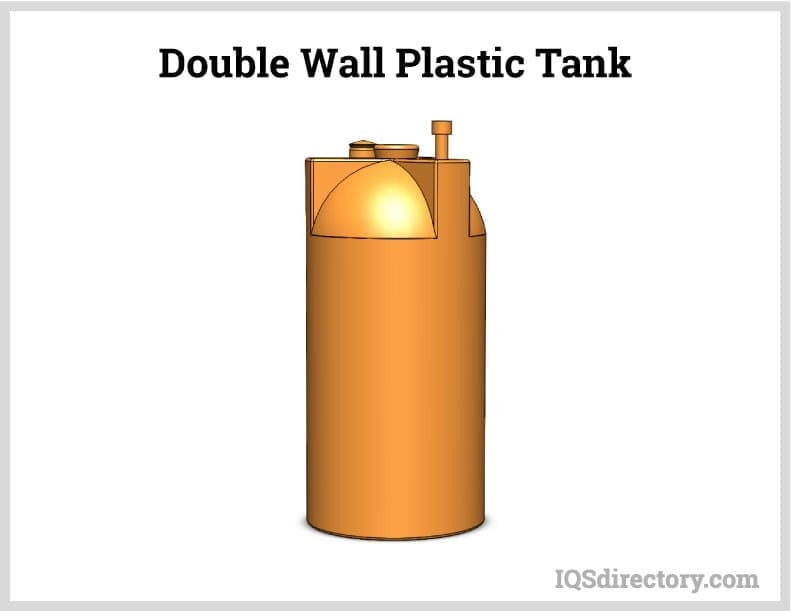
A plastic tank is a large capacity liquid or granular storage unit that can be vertical, horizontal, below or above ground, as well as movable. They are designed to hold several gallons of a variety of substances for long periods without experiencing wear, weathering, or deterioration...
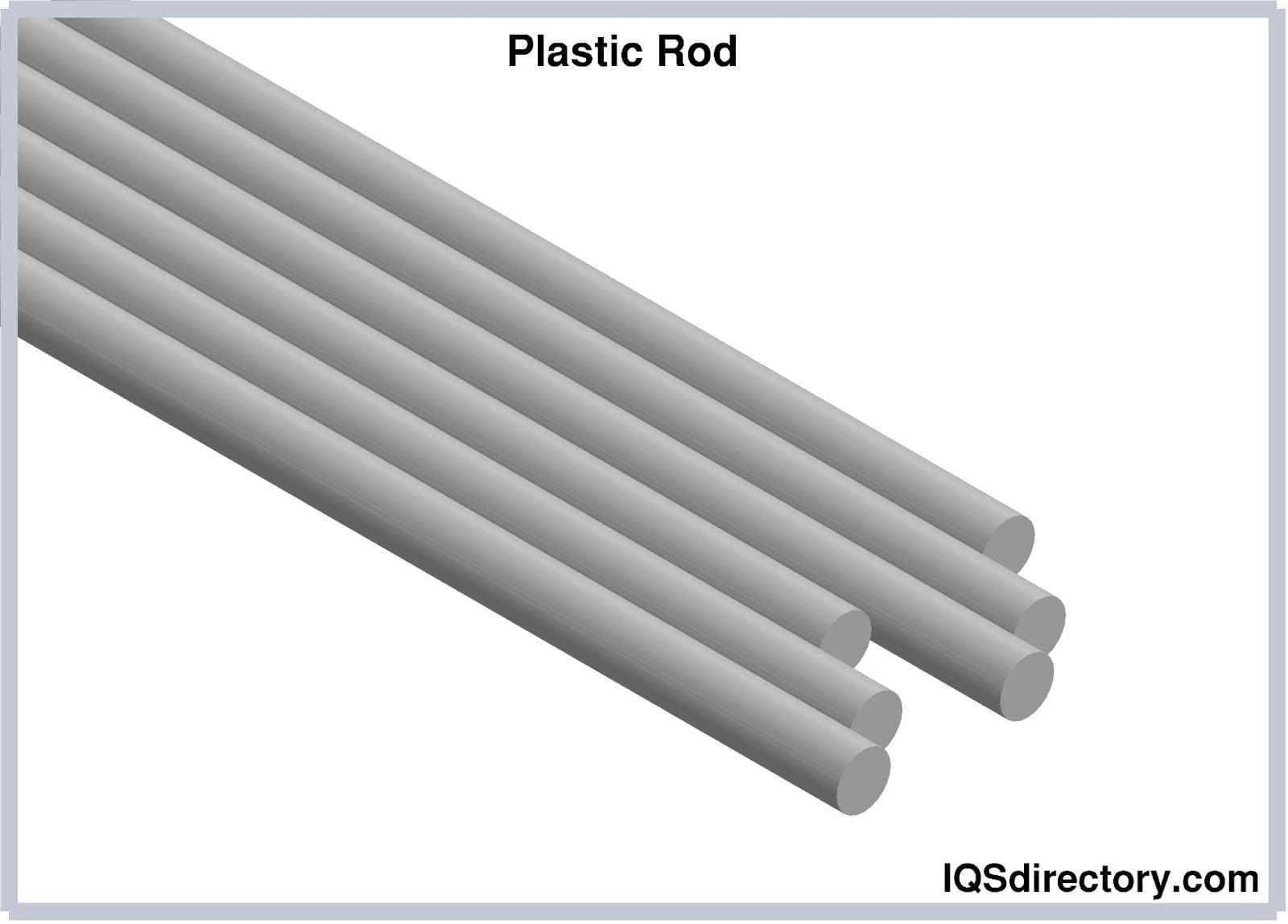
A plastic rod is a solid plastic shape made by the process of plastic extrusion or plastic co-extrusion. These have a contrast of plastic tubing and hollow plastic profiles. Plastic rods are found in various industries, including...
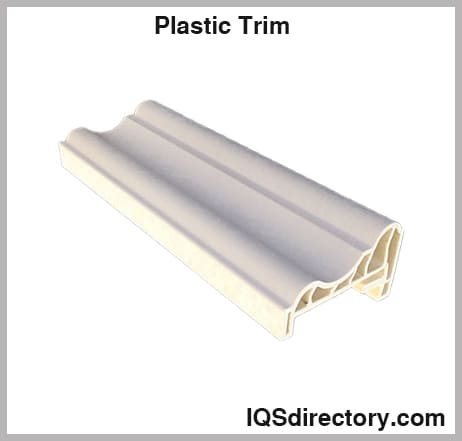
Plastic trim products are extruded linear profiles that can be made to any length. Because of its ability to attach, hold, and seal, plastic trim has many applications. Plastic, HDPE, LDPE, butyrate, PVC, acrylic, and...
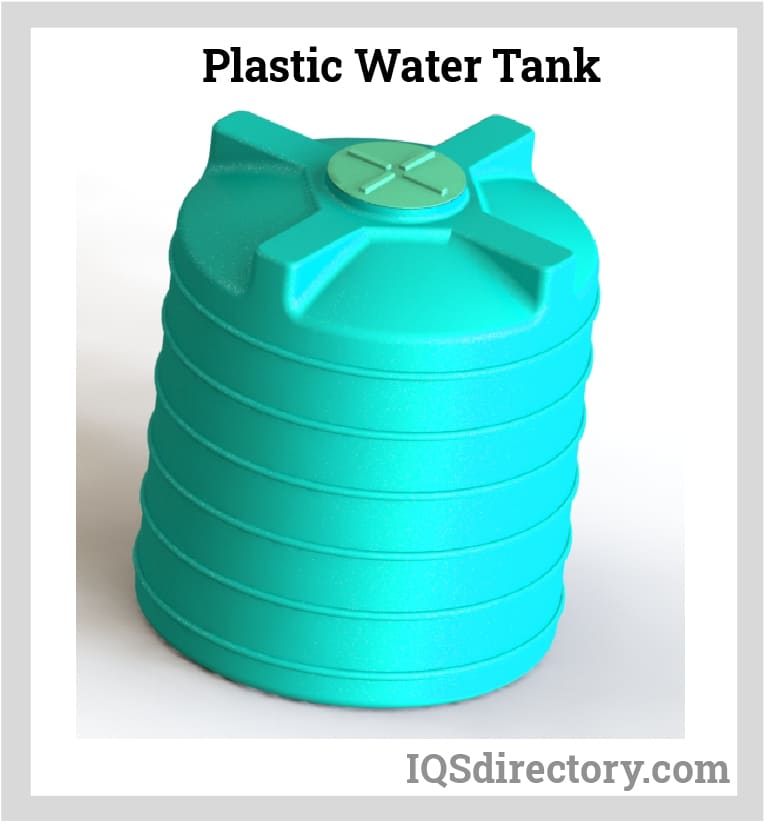
A plastic water tank is a large capacity container designed to store water for household, agricultural, irrigation, and industrial manufacturing use. There are various types of water tanks produced to meet the needs of specific applications, with...
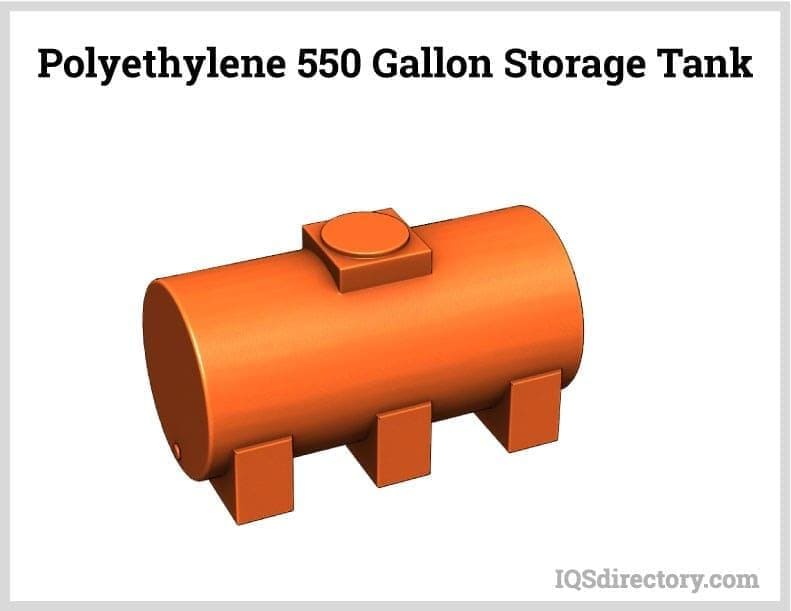
A poly tank is a plastic storage tank used to store, transport, and collect water, other liquids, and granular or powder materials. They are made of polyethylene or polypropylene and are a cost effective, lightweight, and easy to handle...
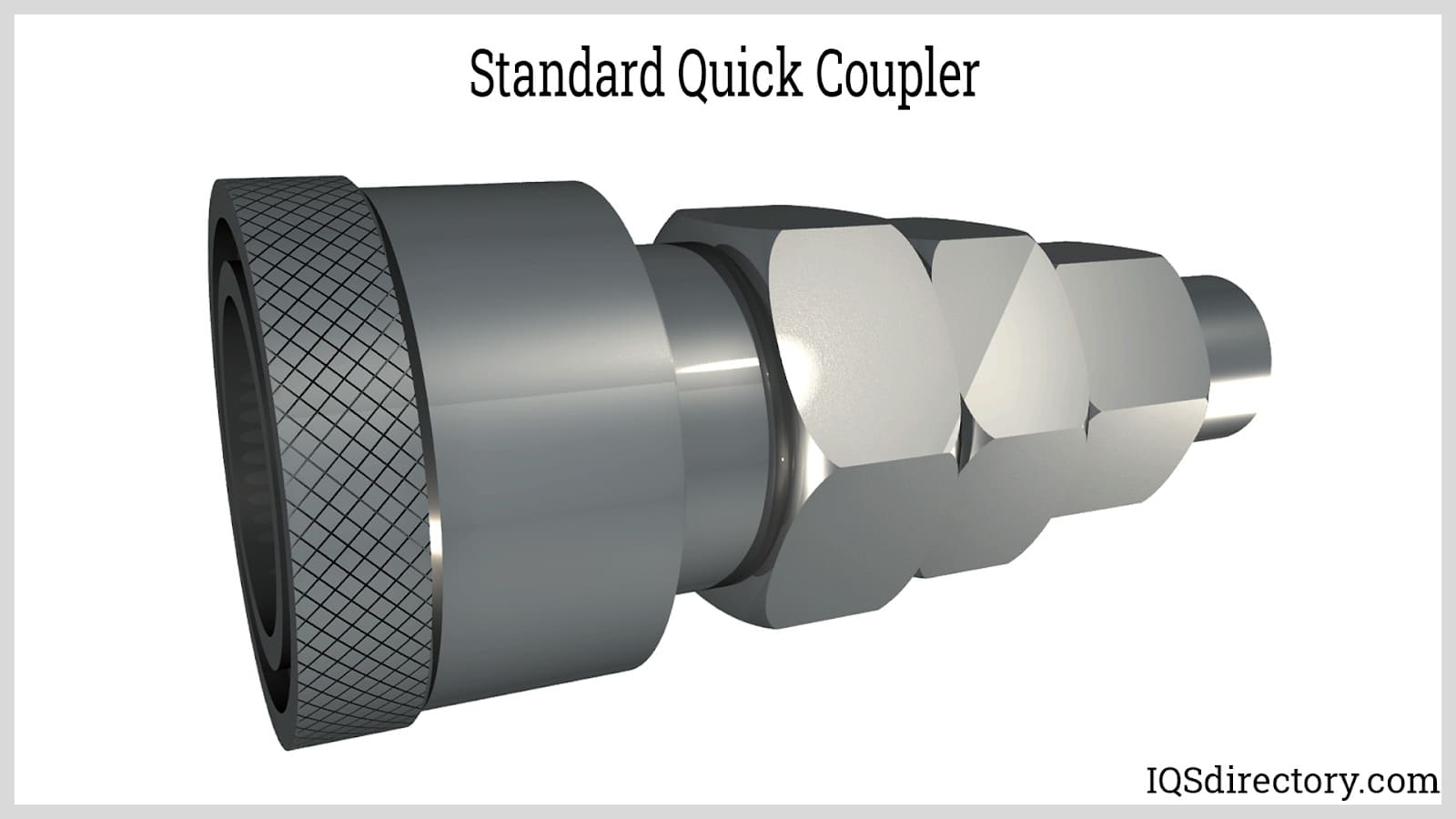
A coupling is a device that is used to transmit power between two shafts connected together at their ends. Couplings serve one primary purpose: to join two pieces of rotating equipment together, while...